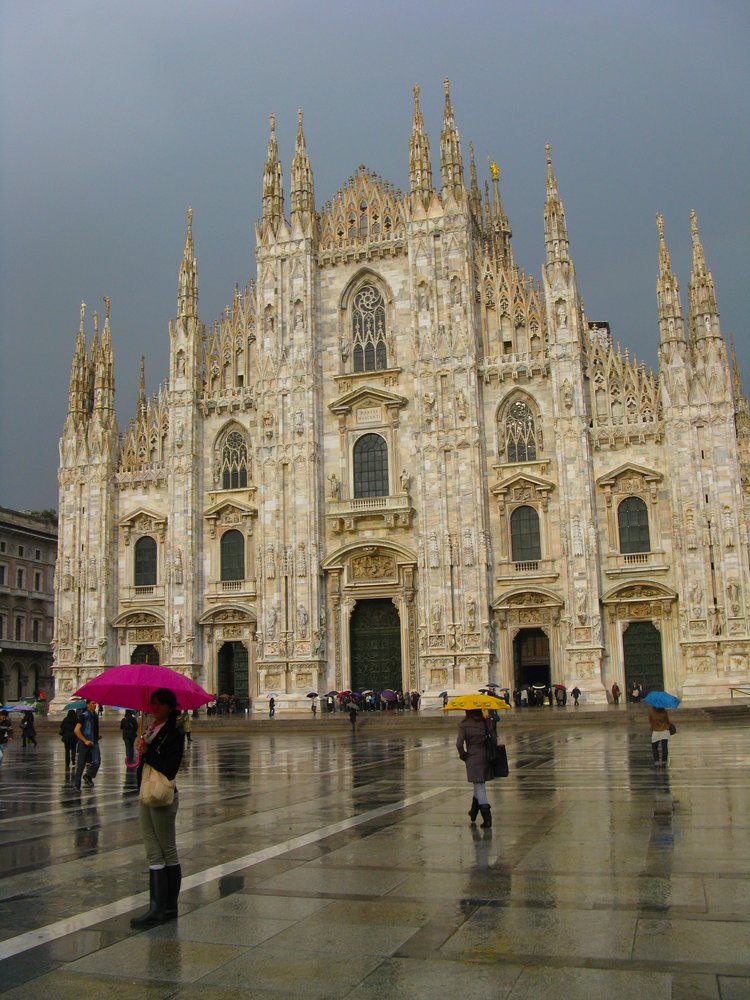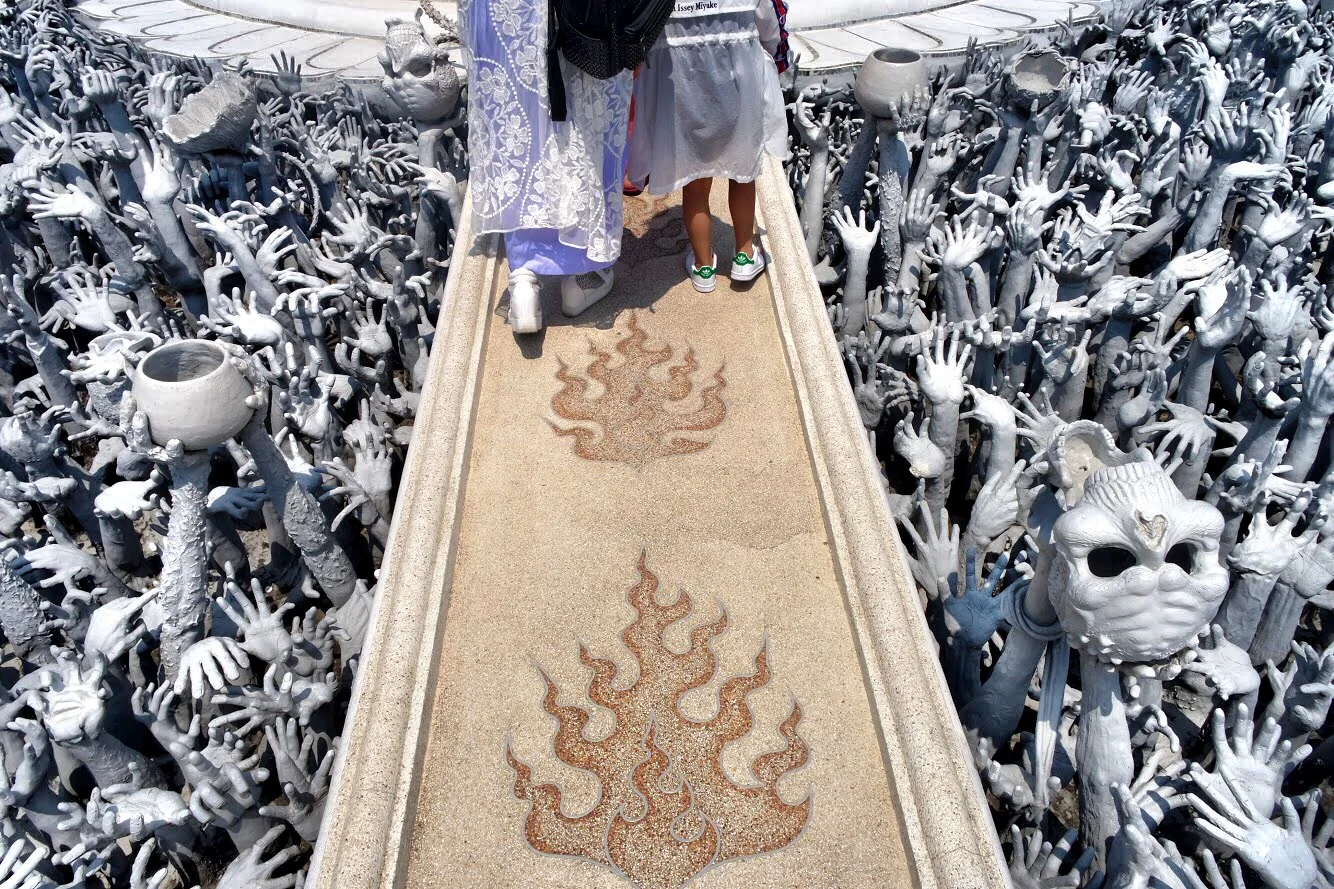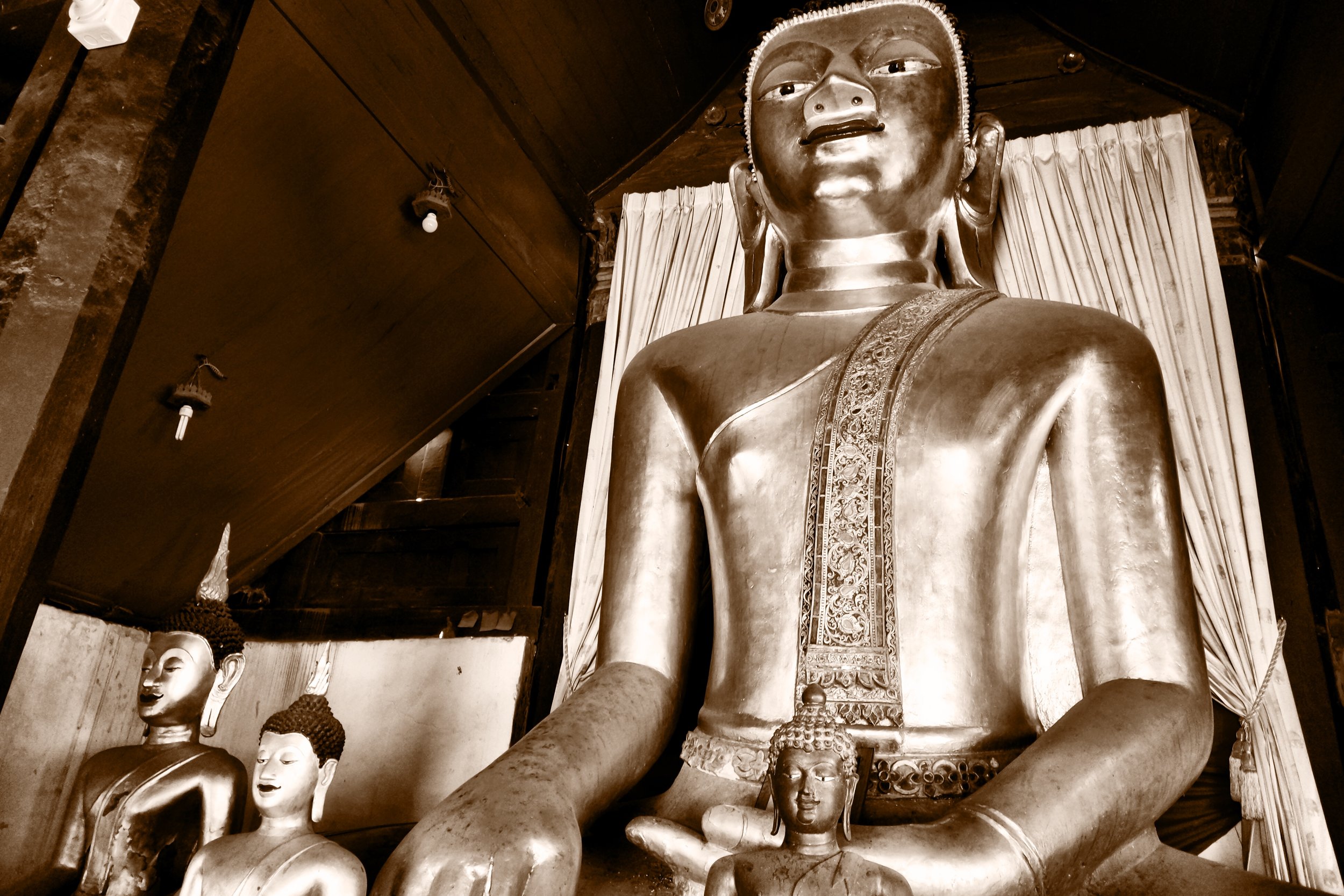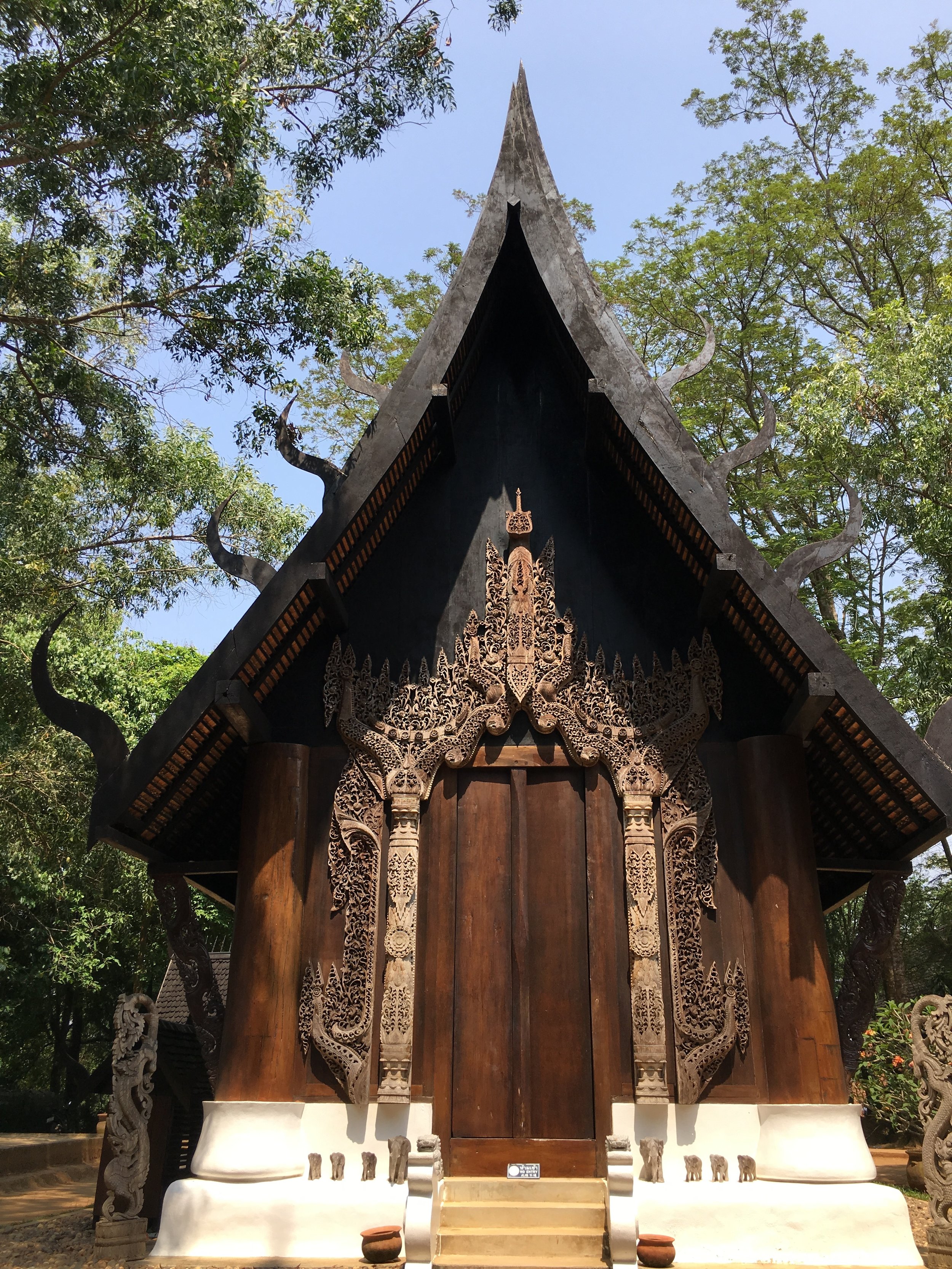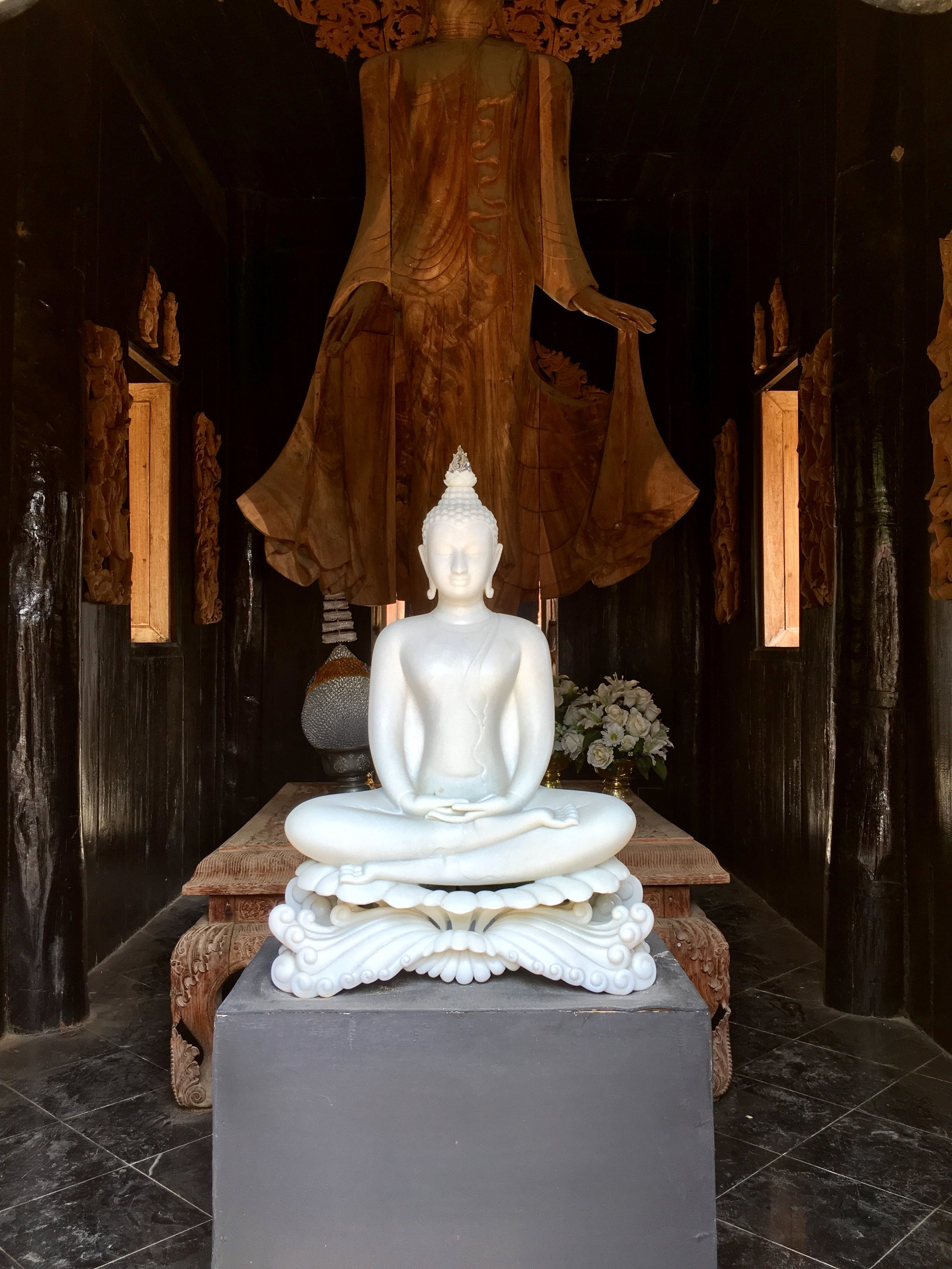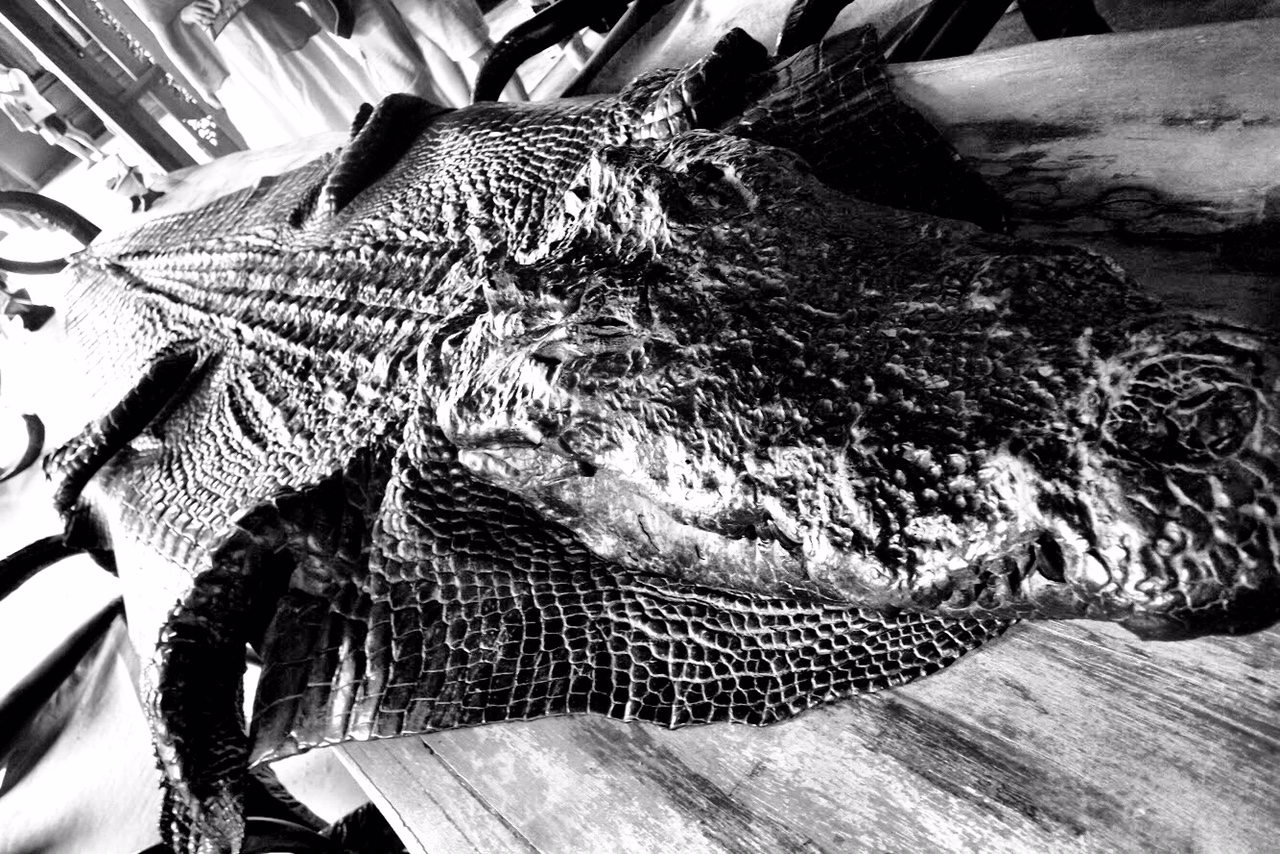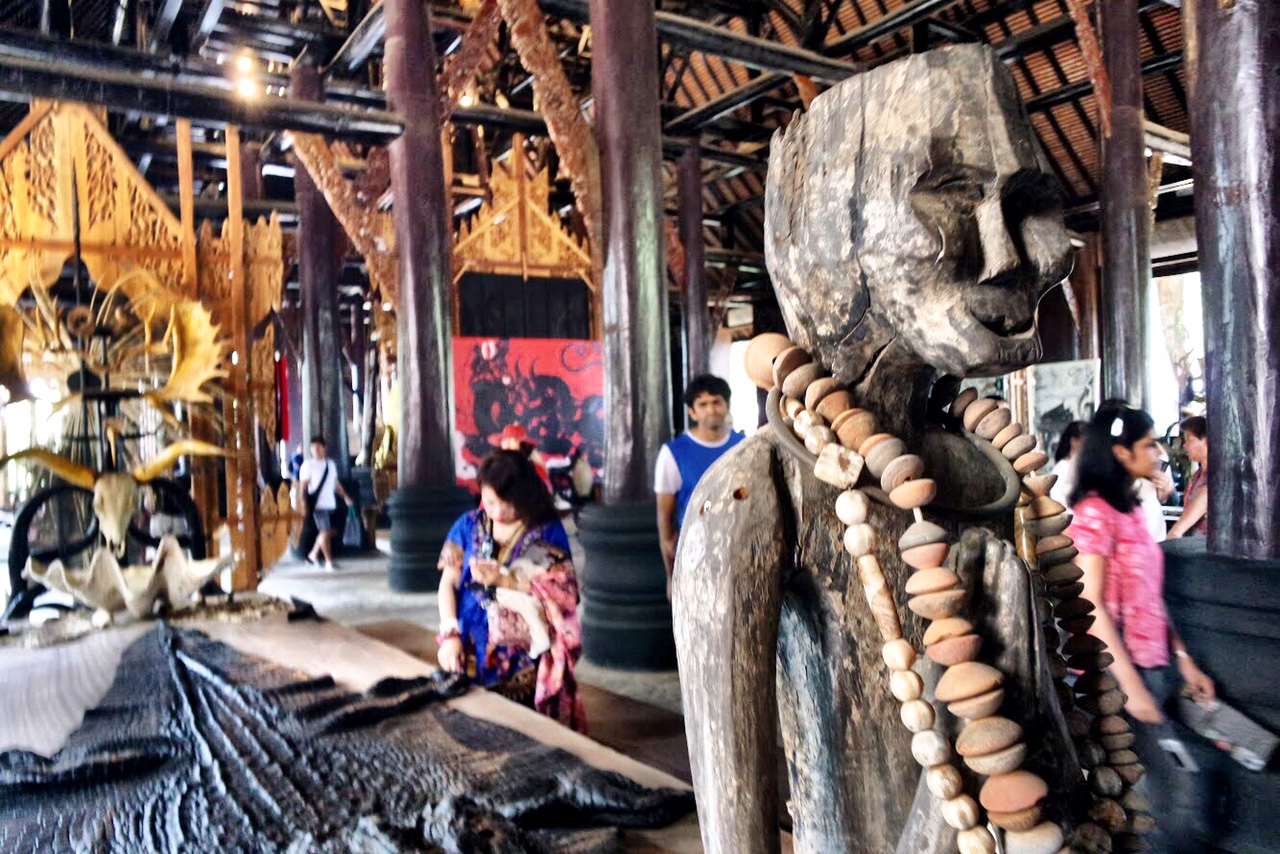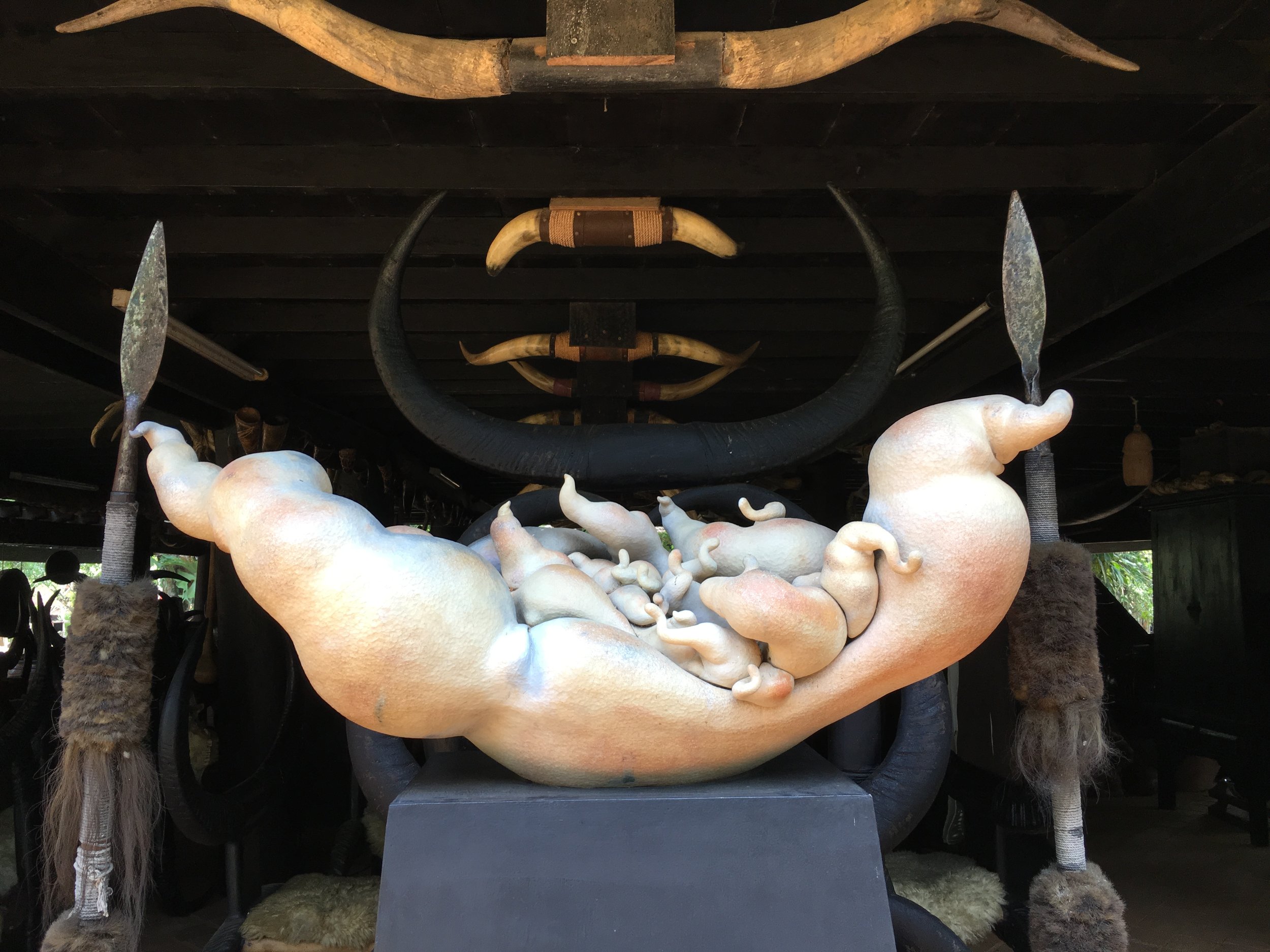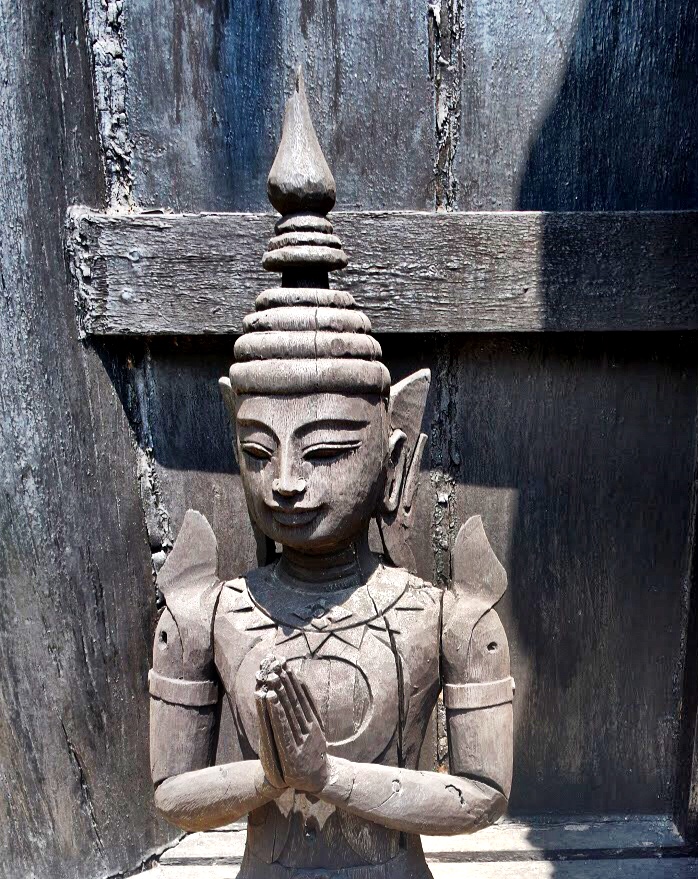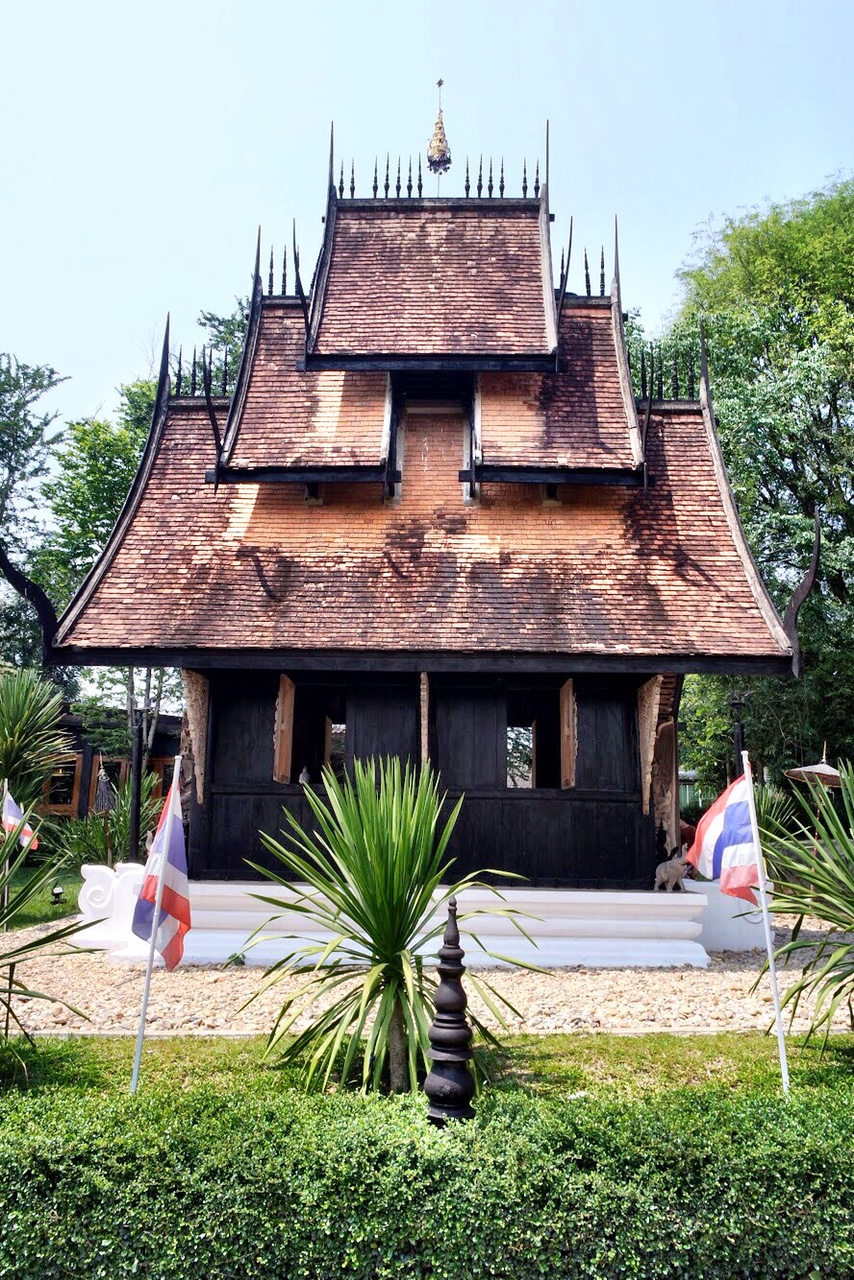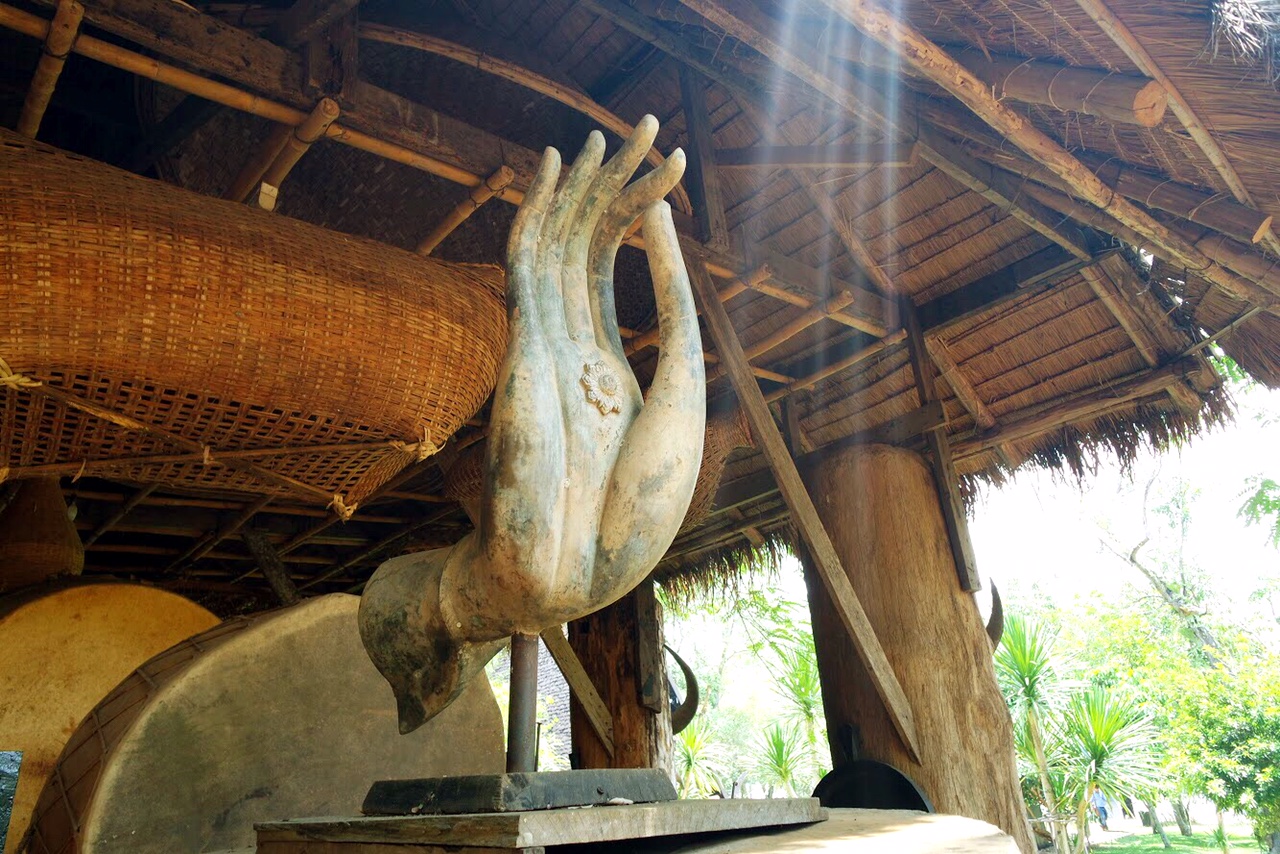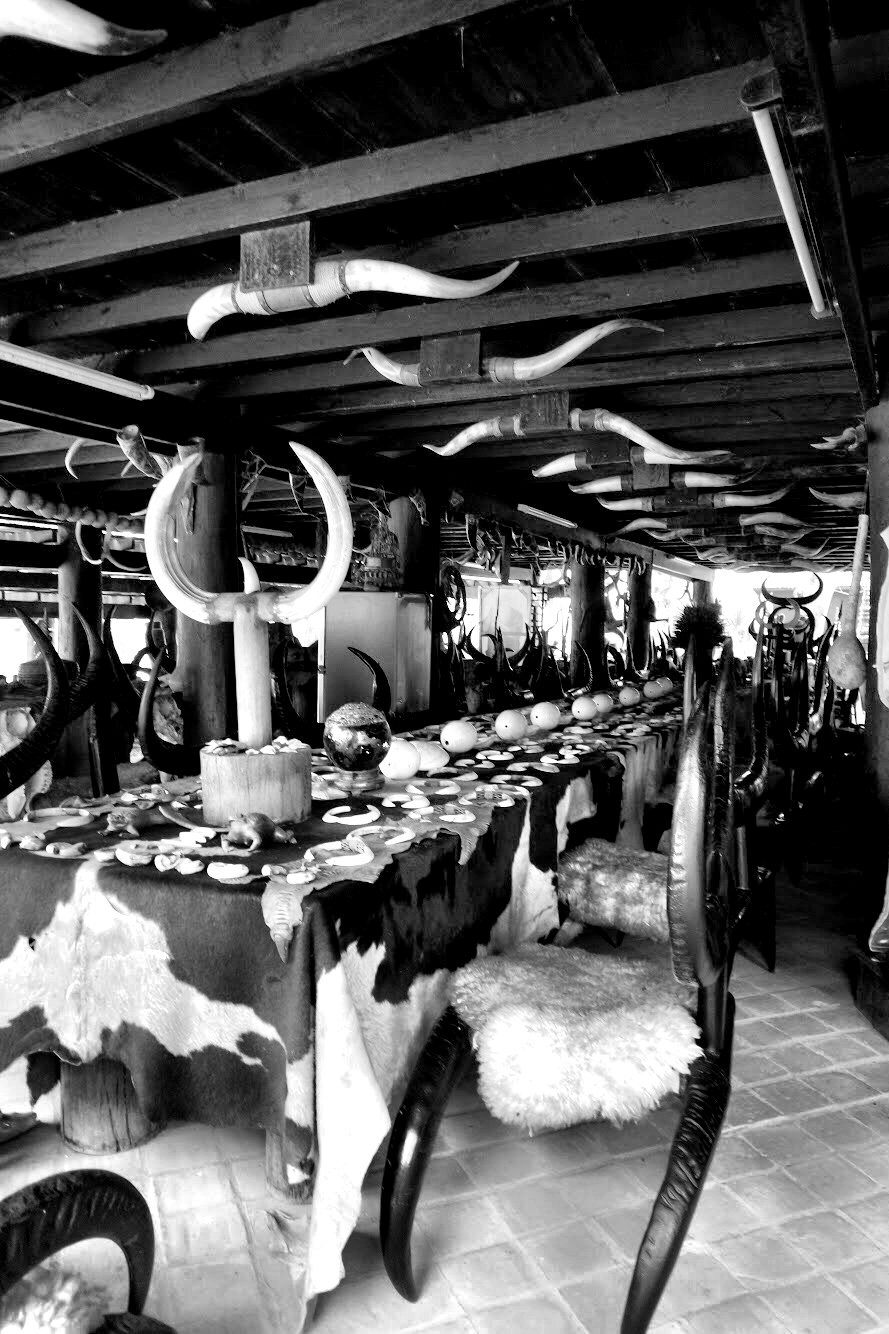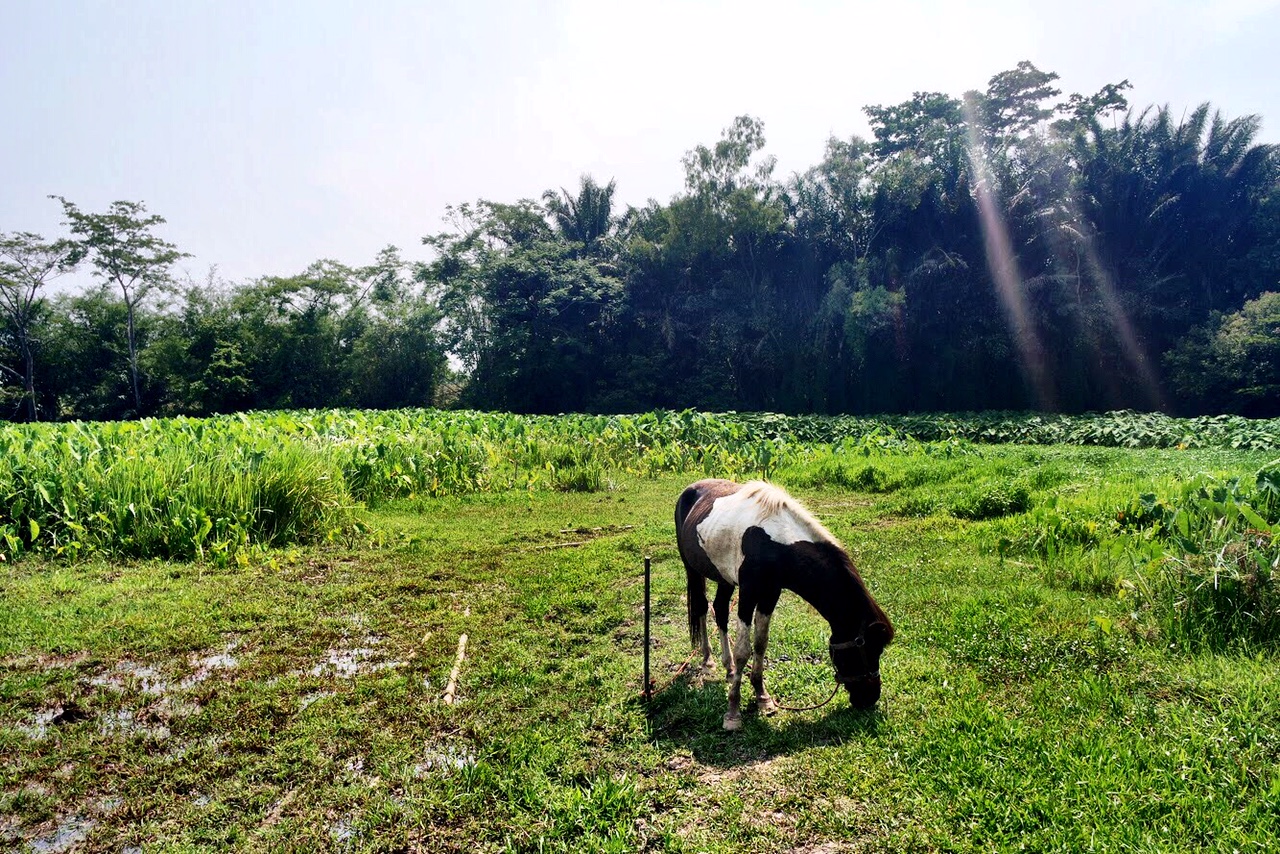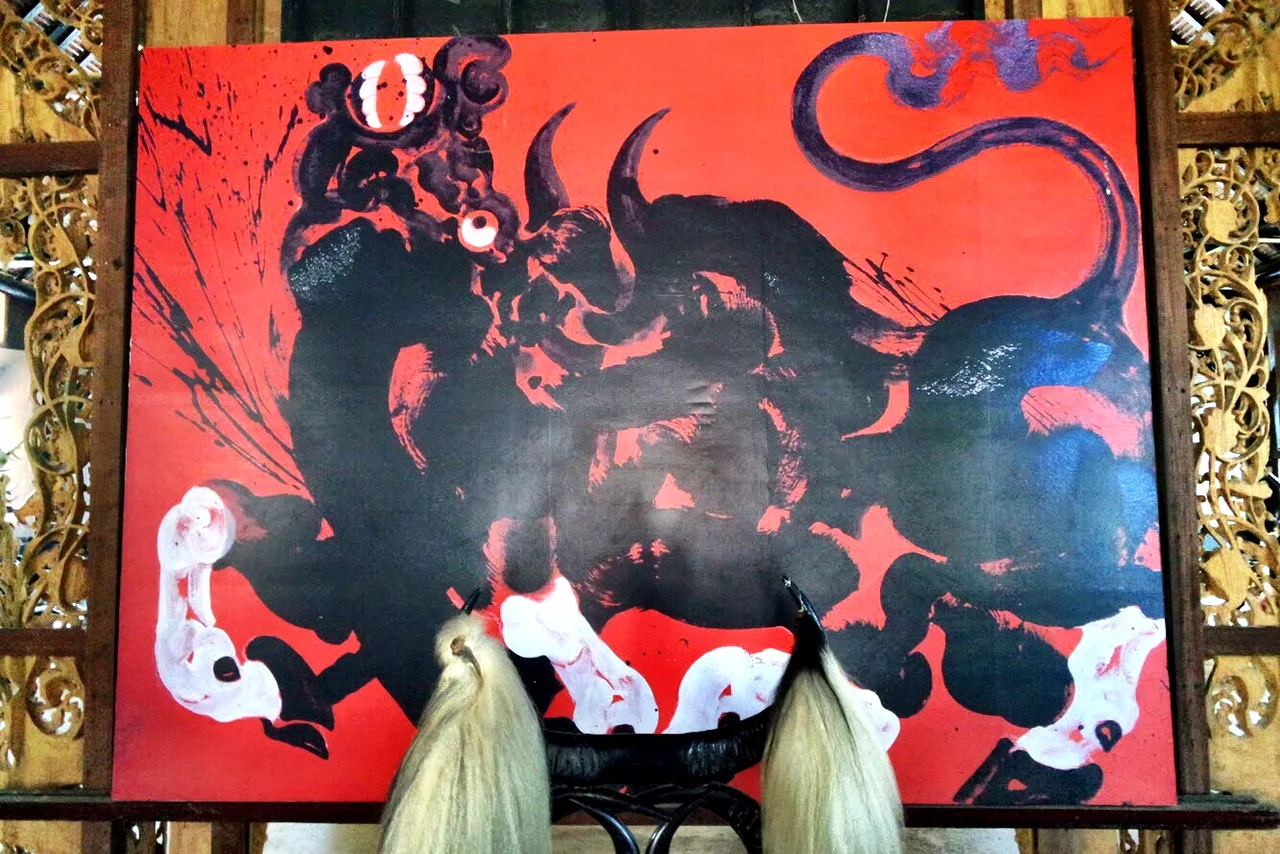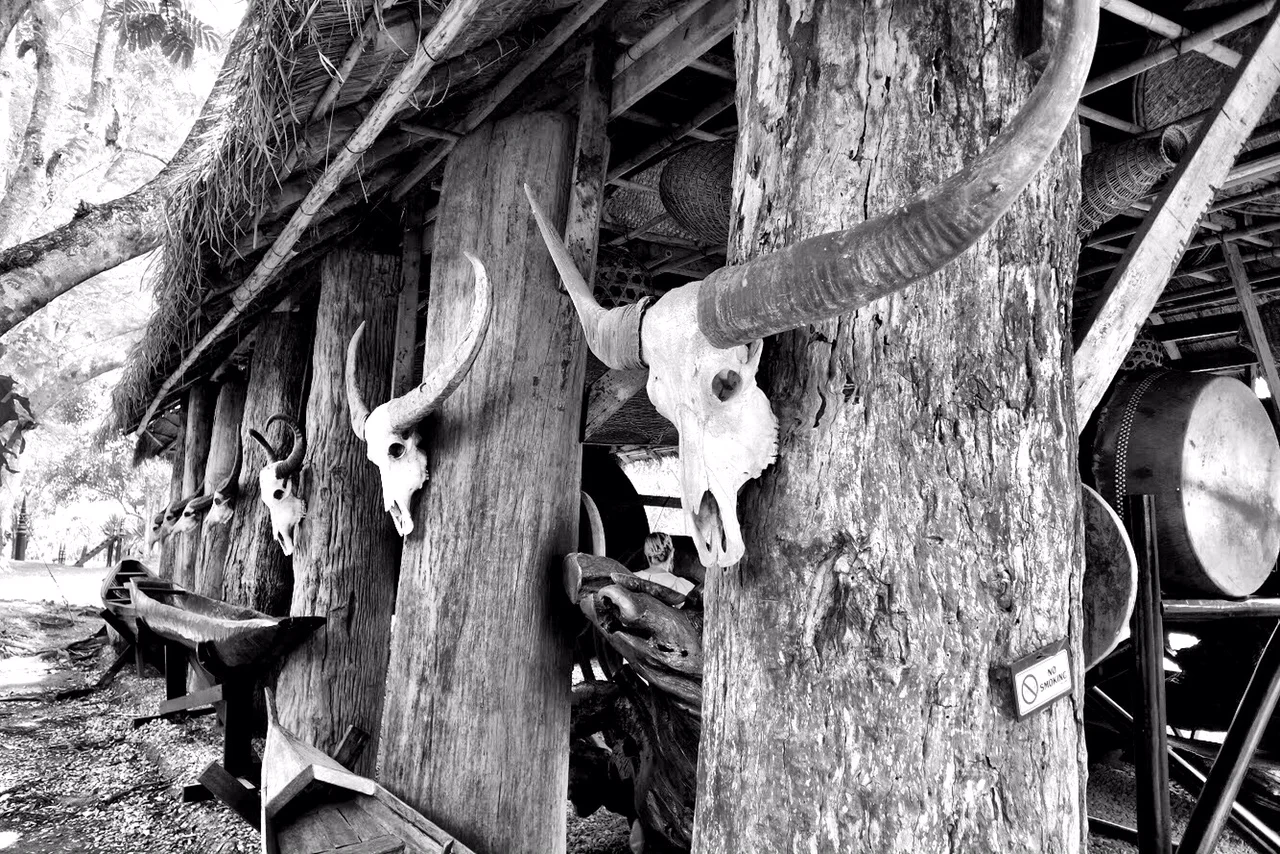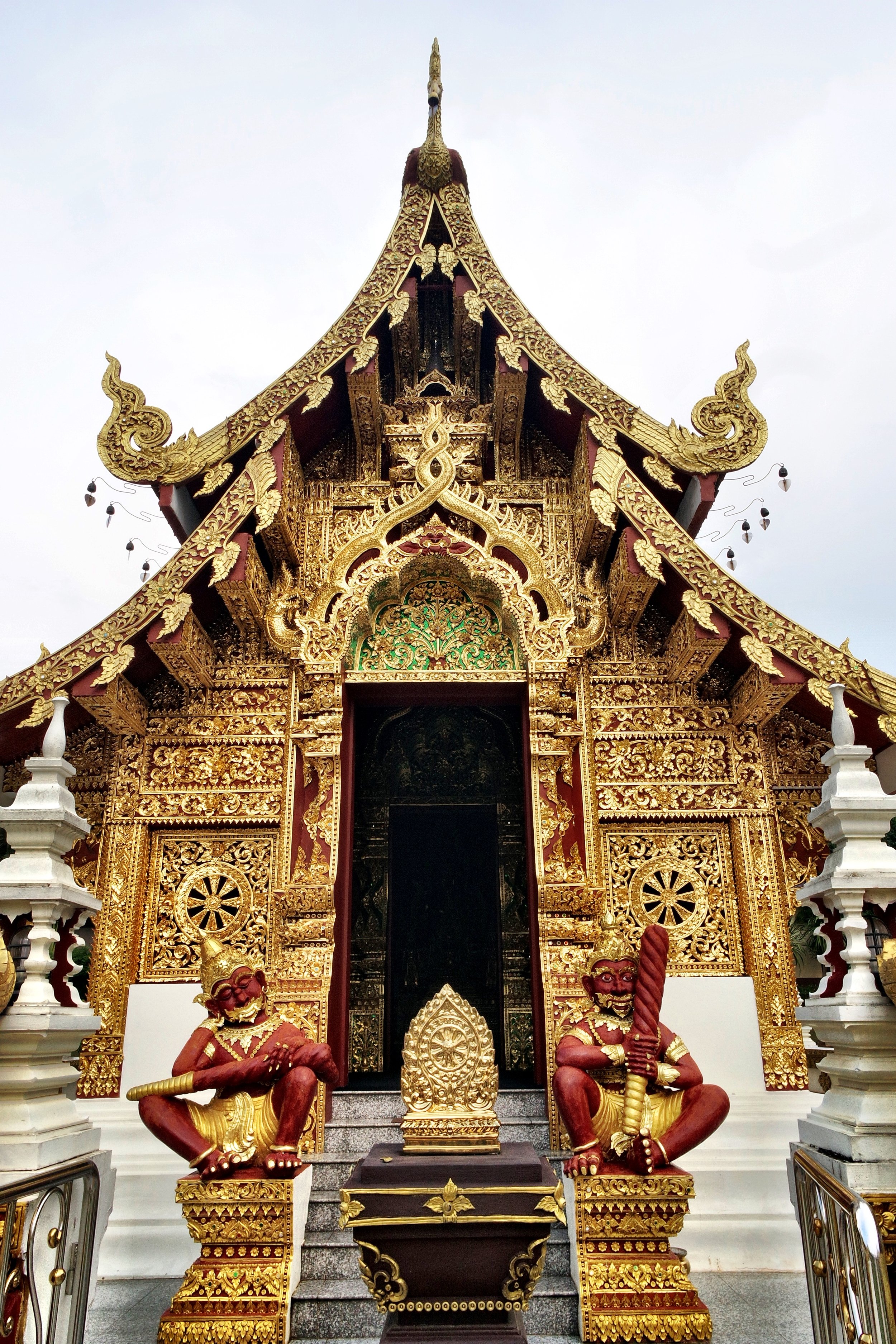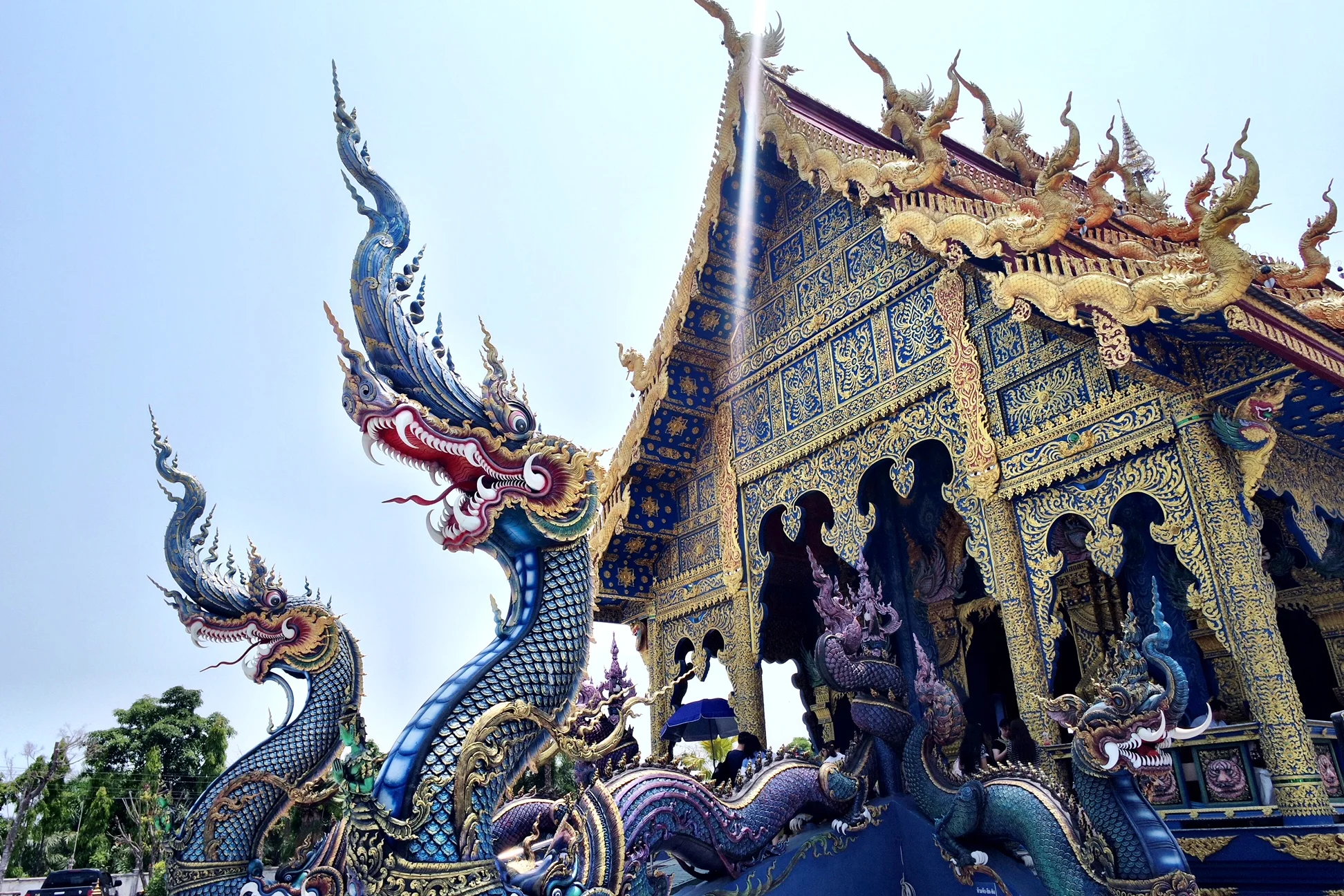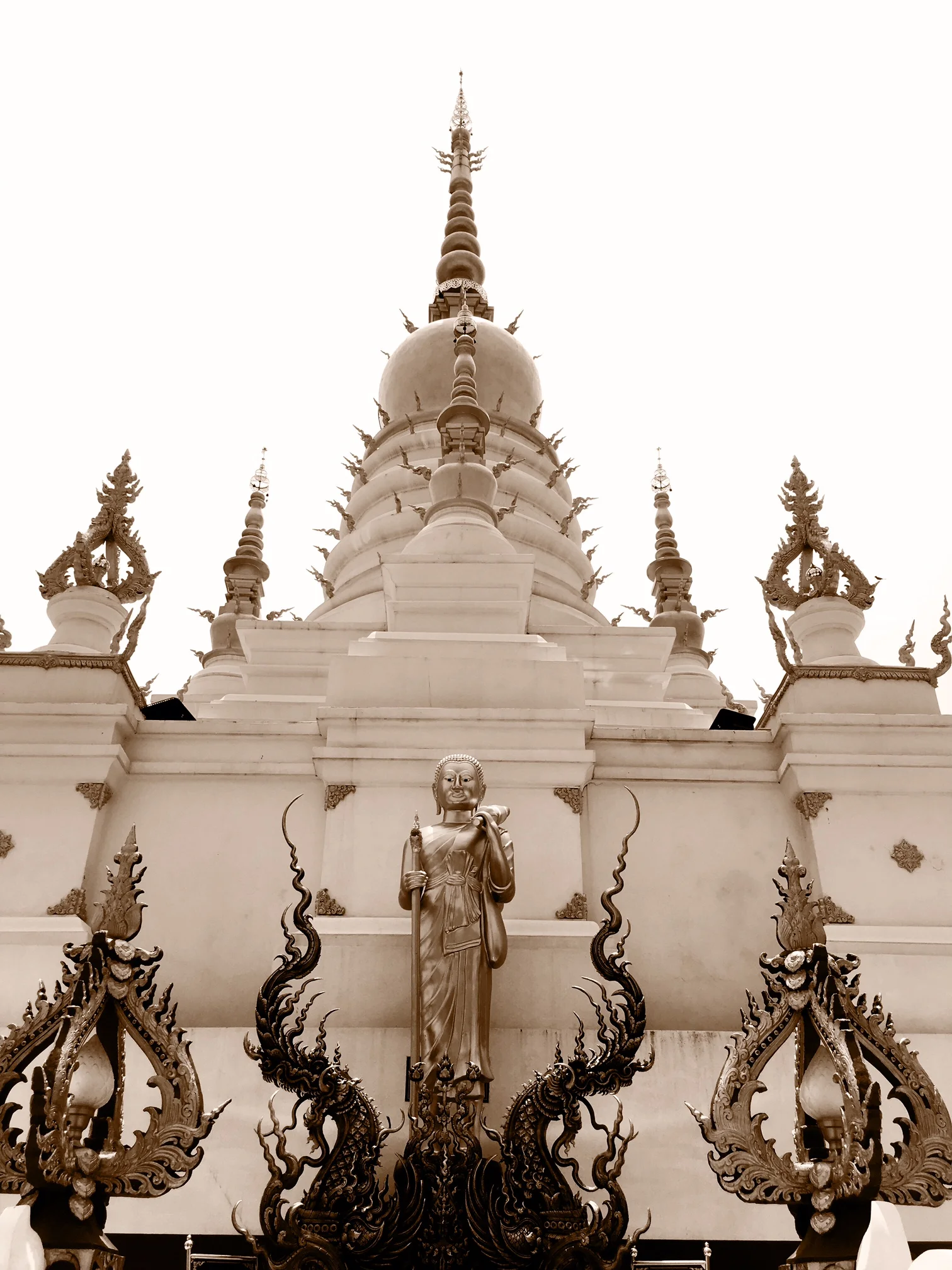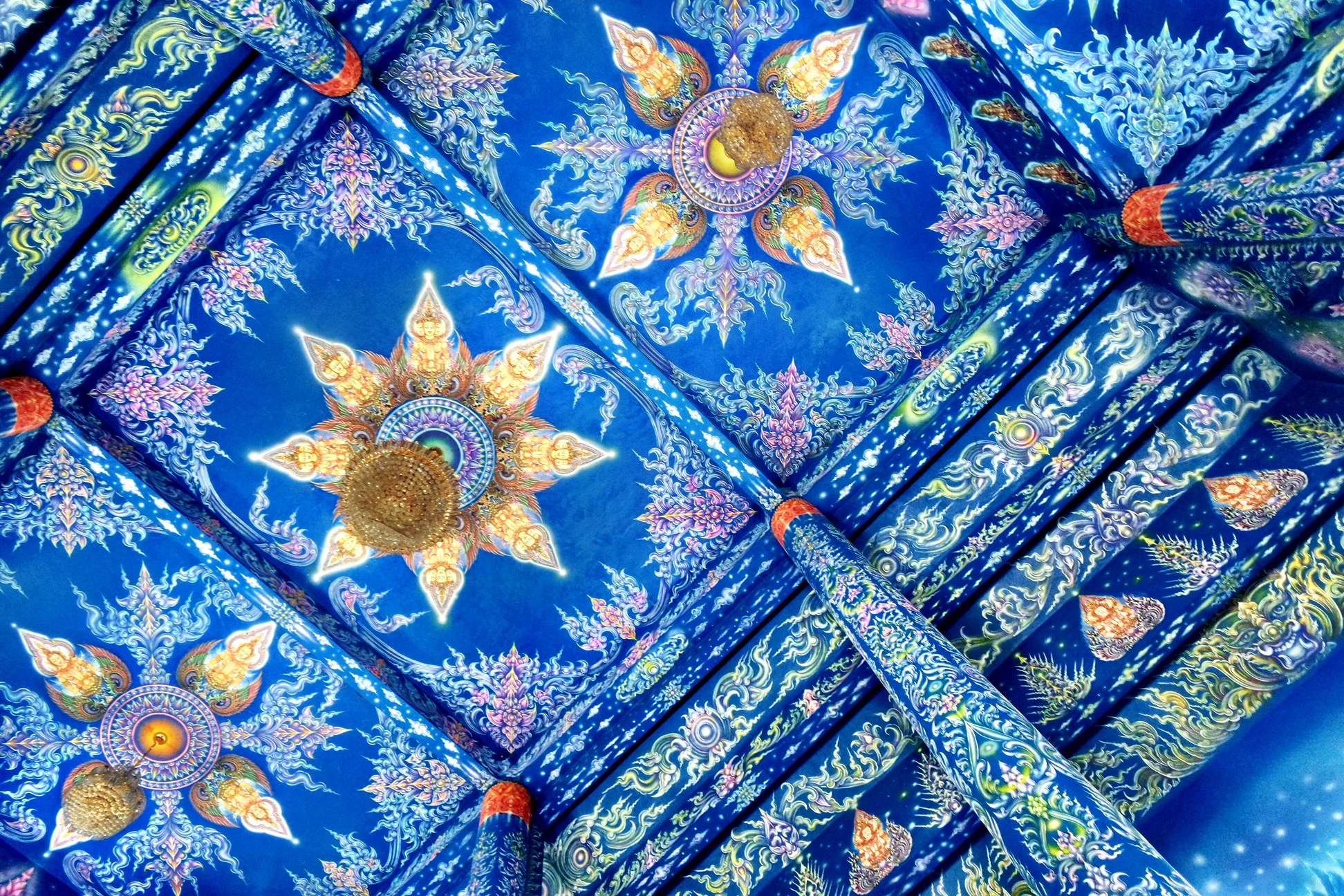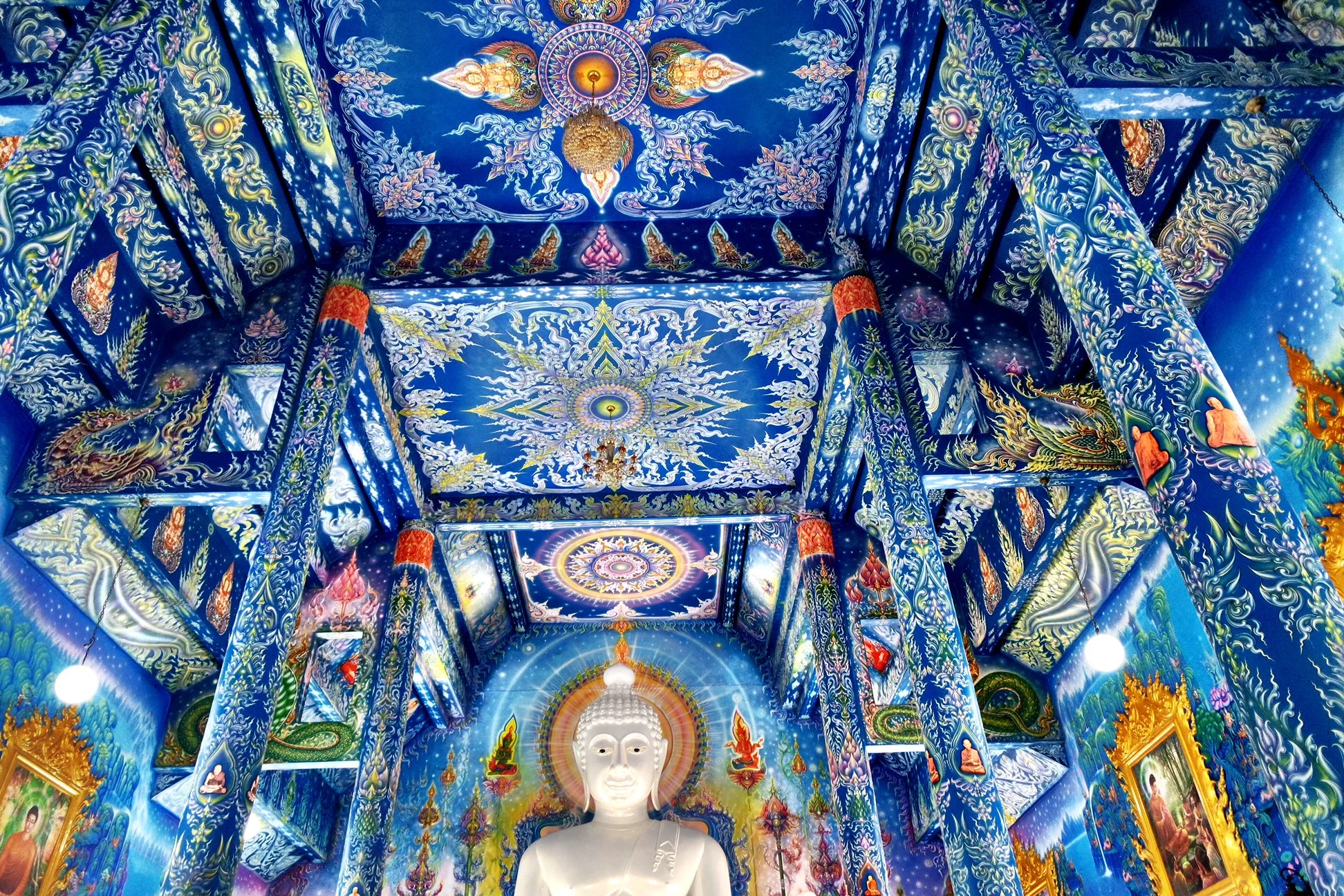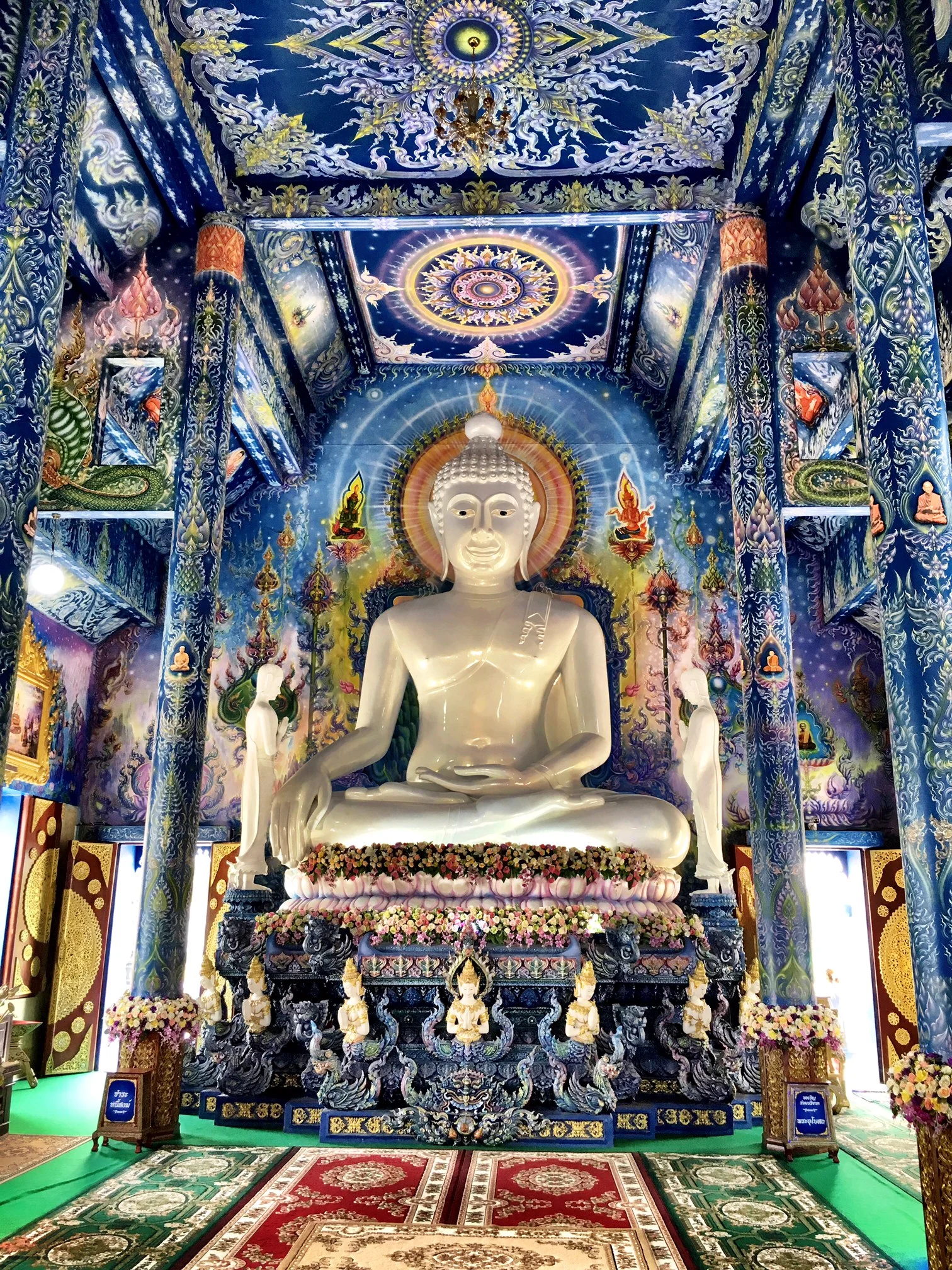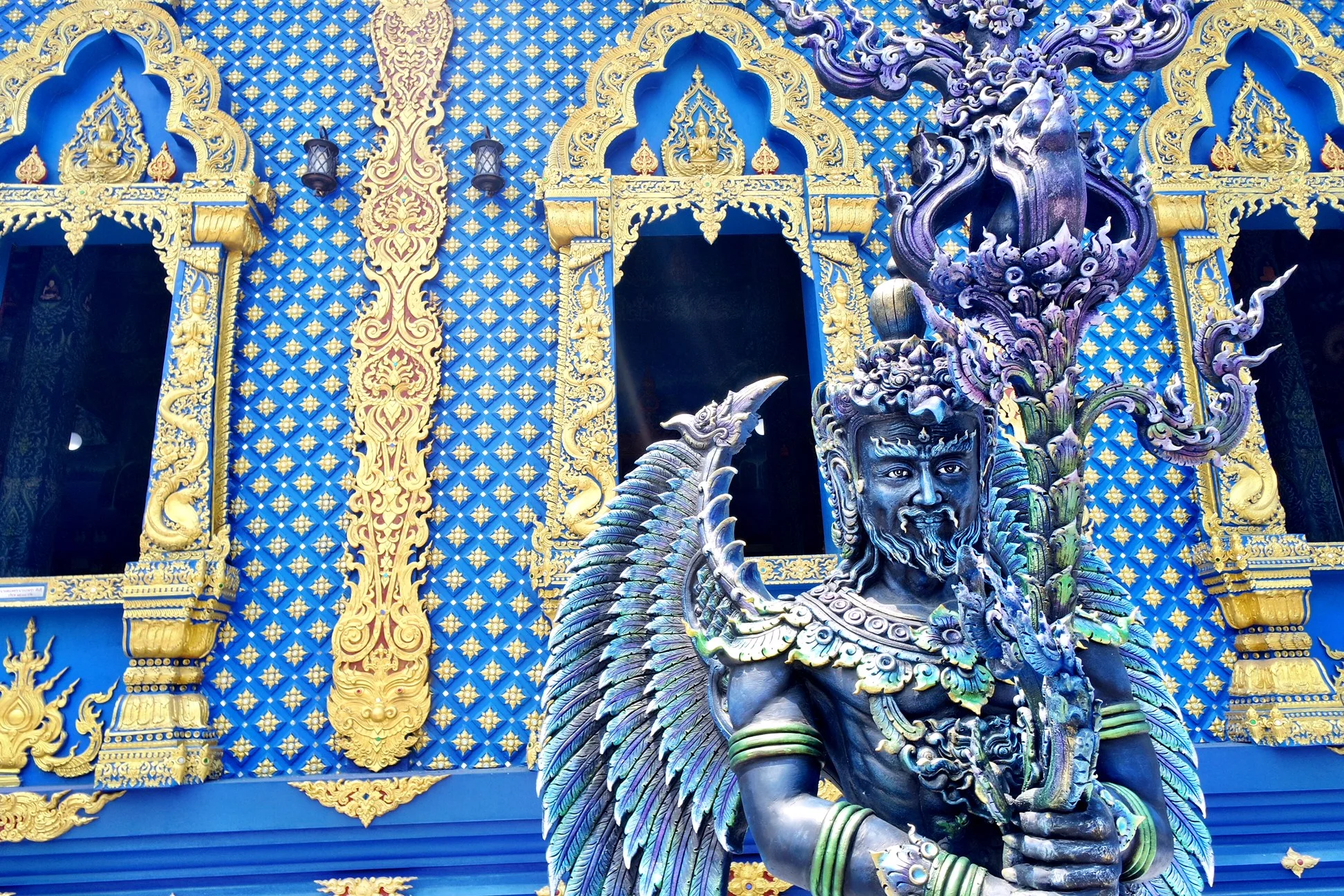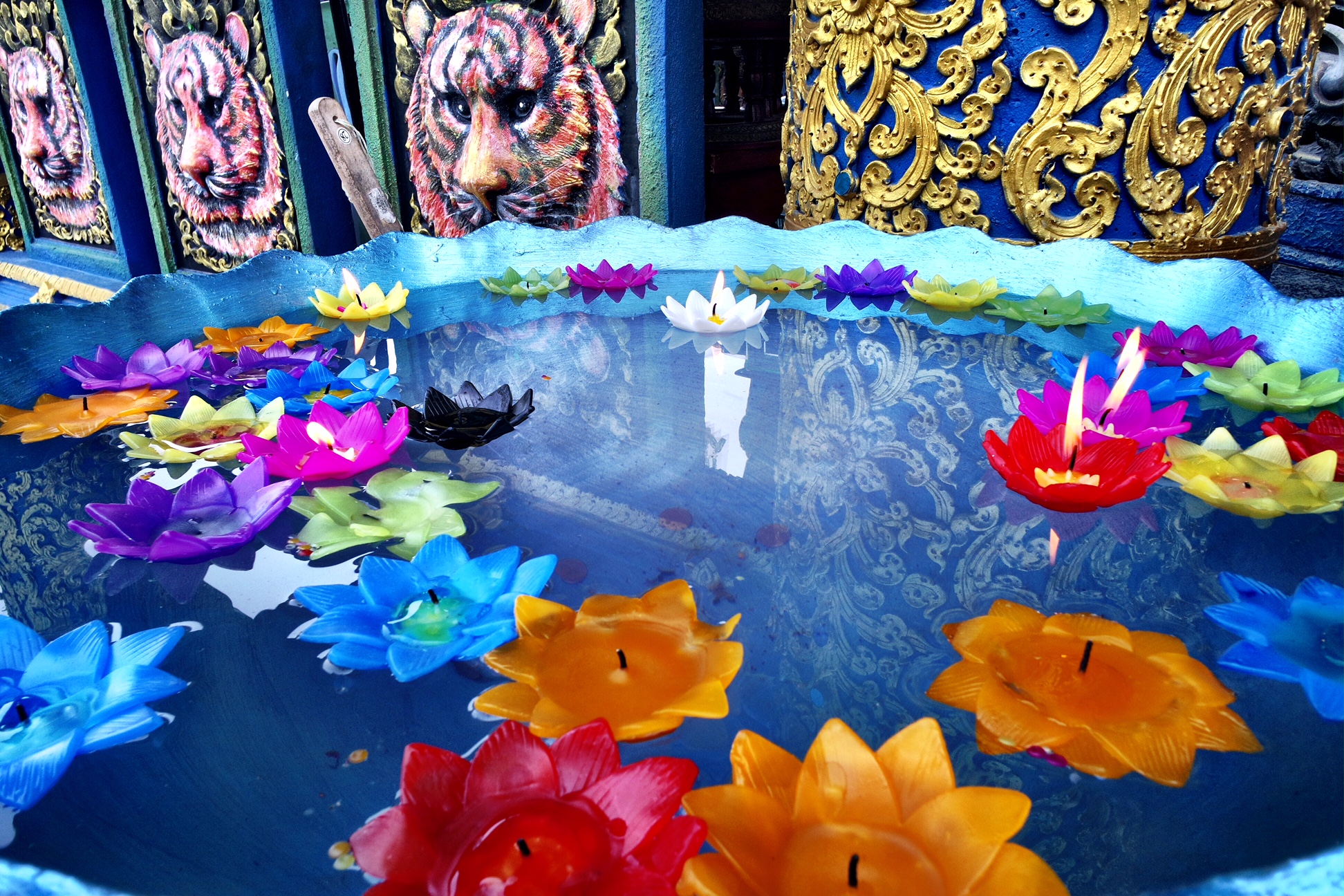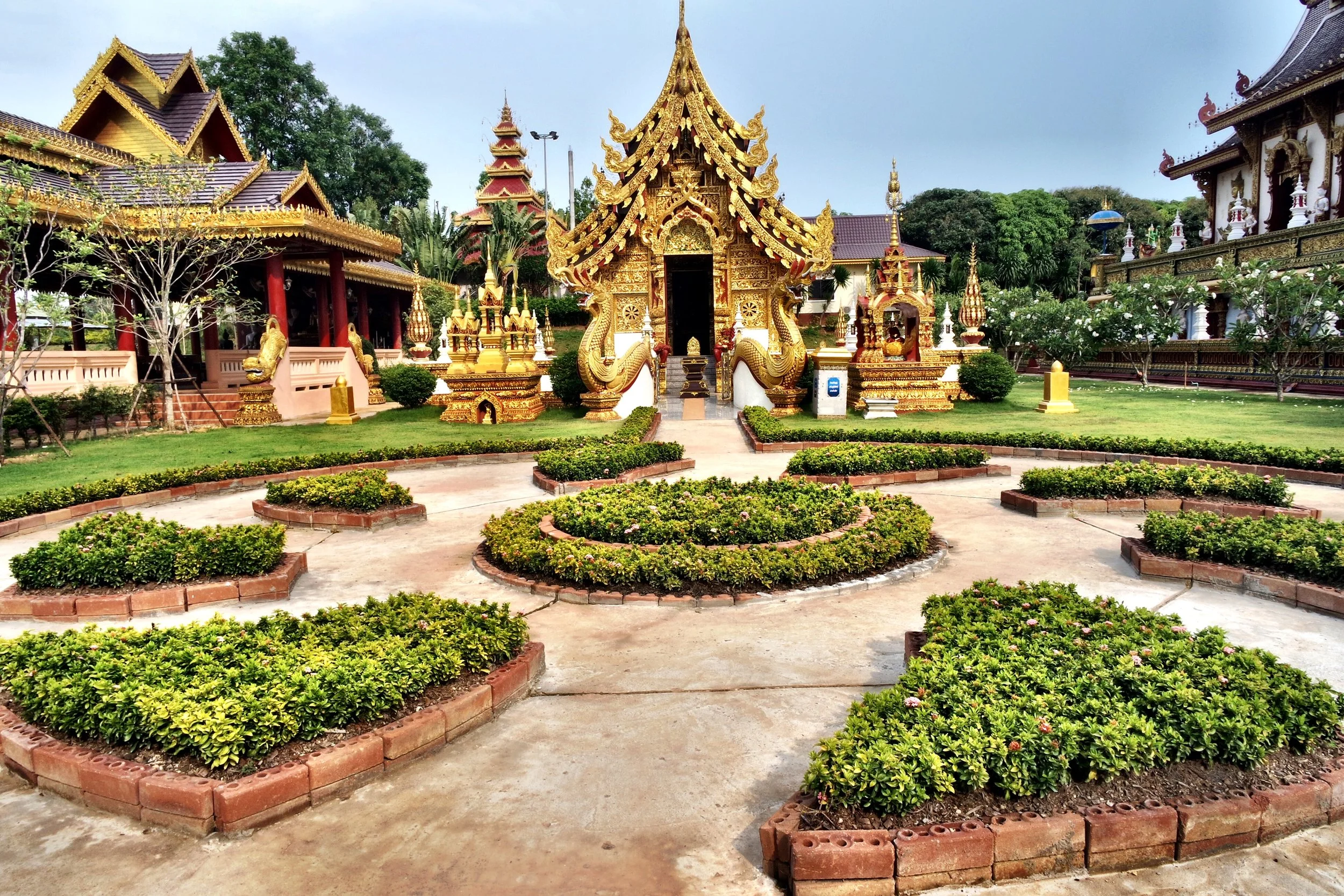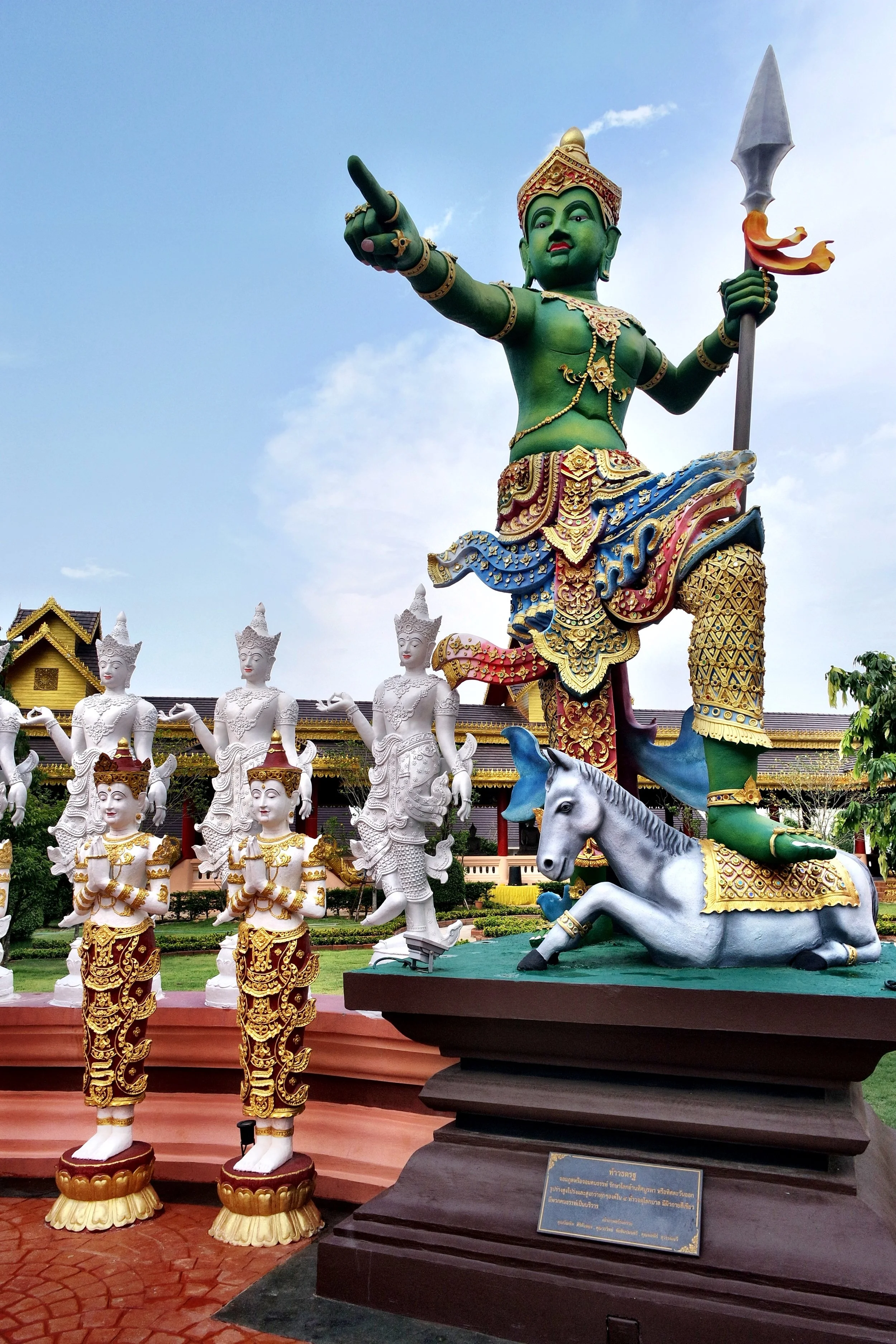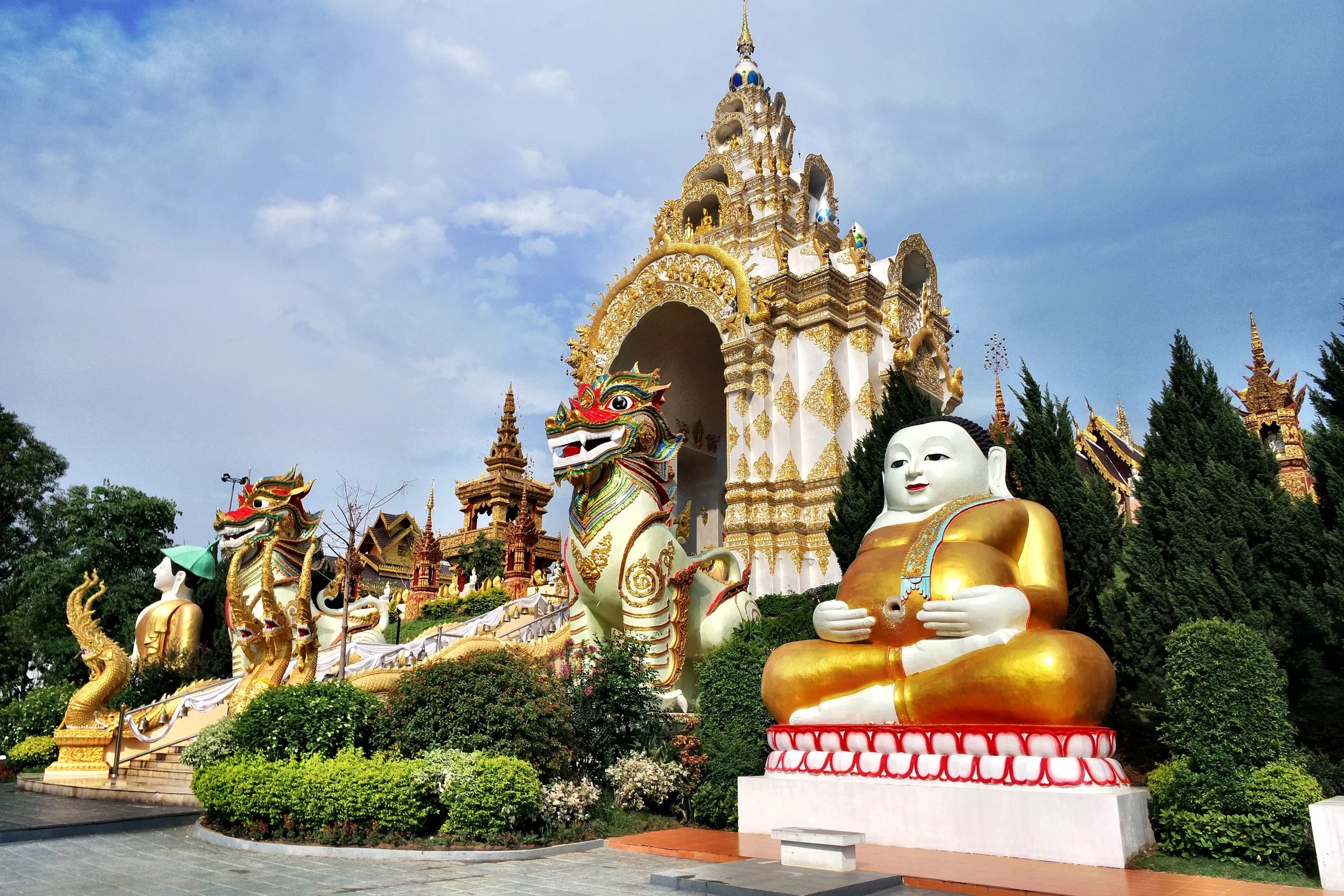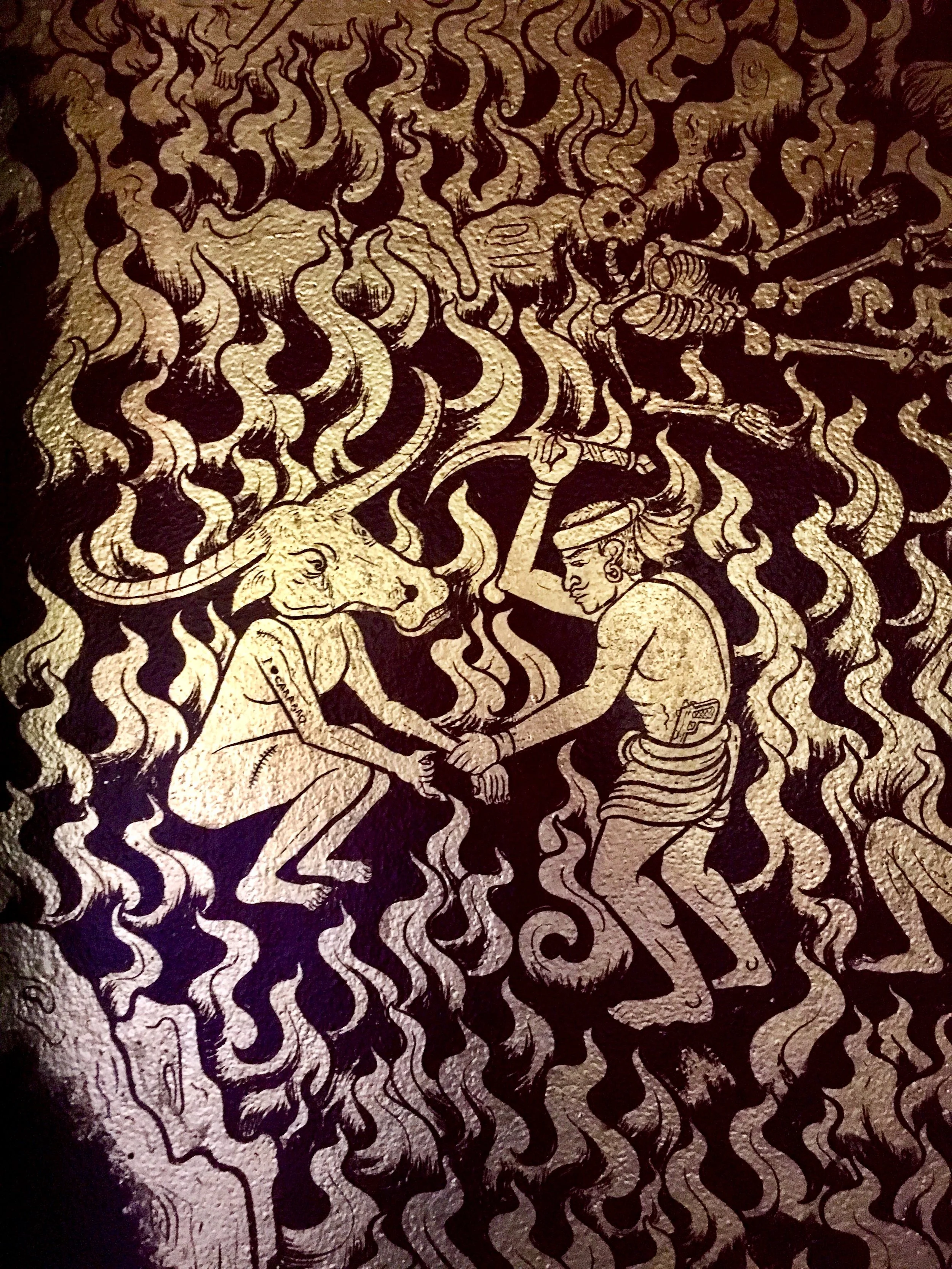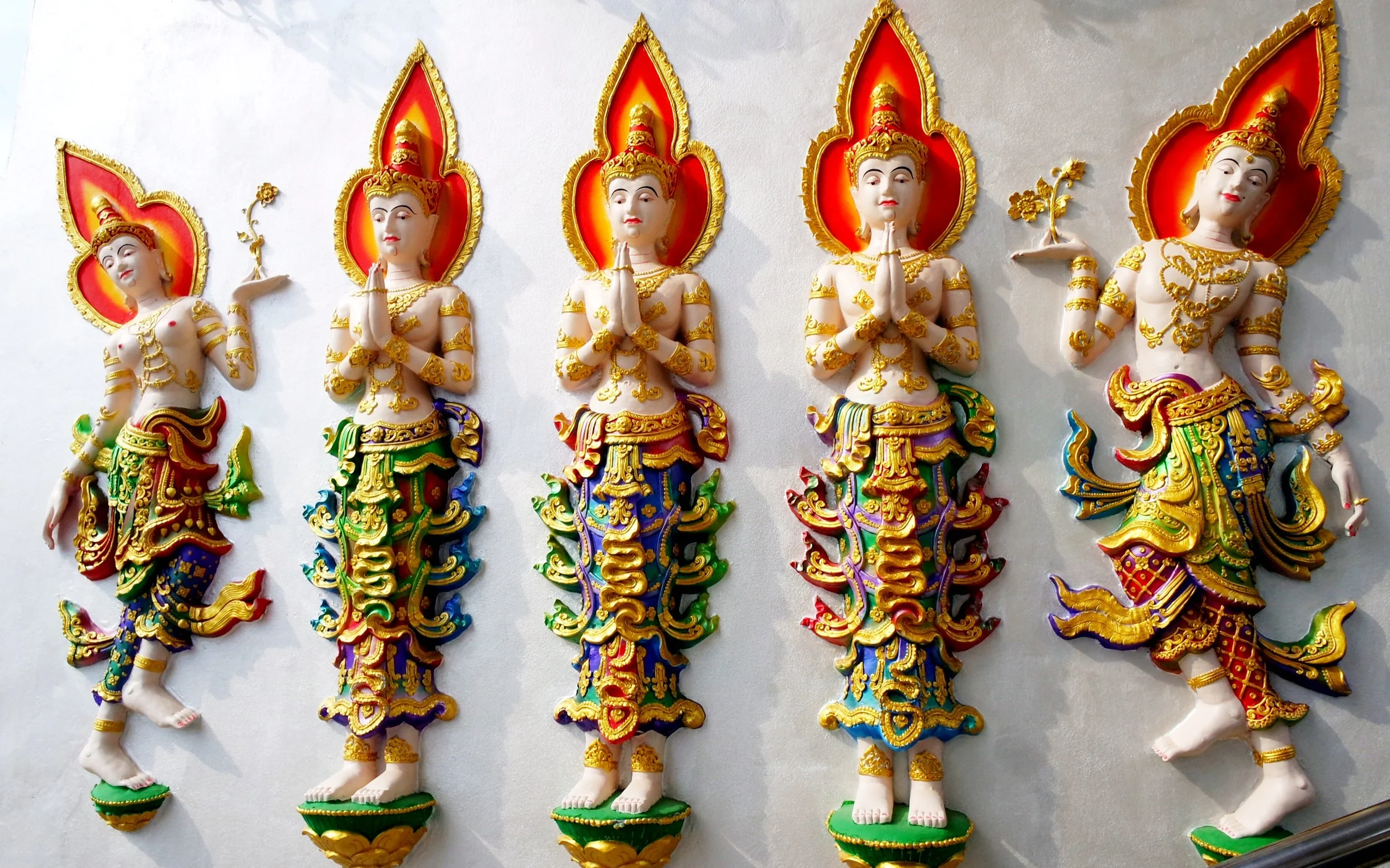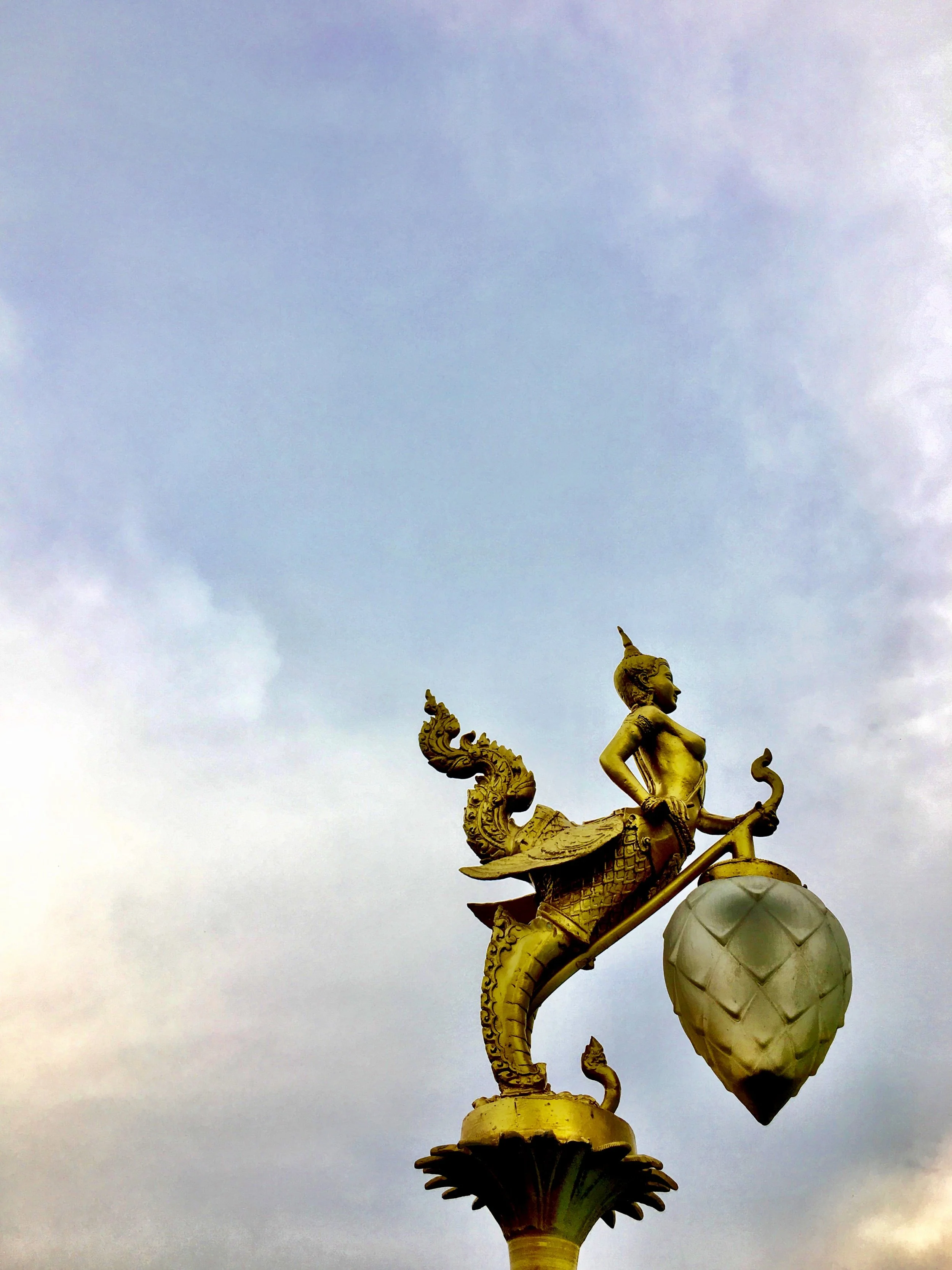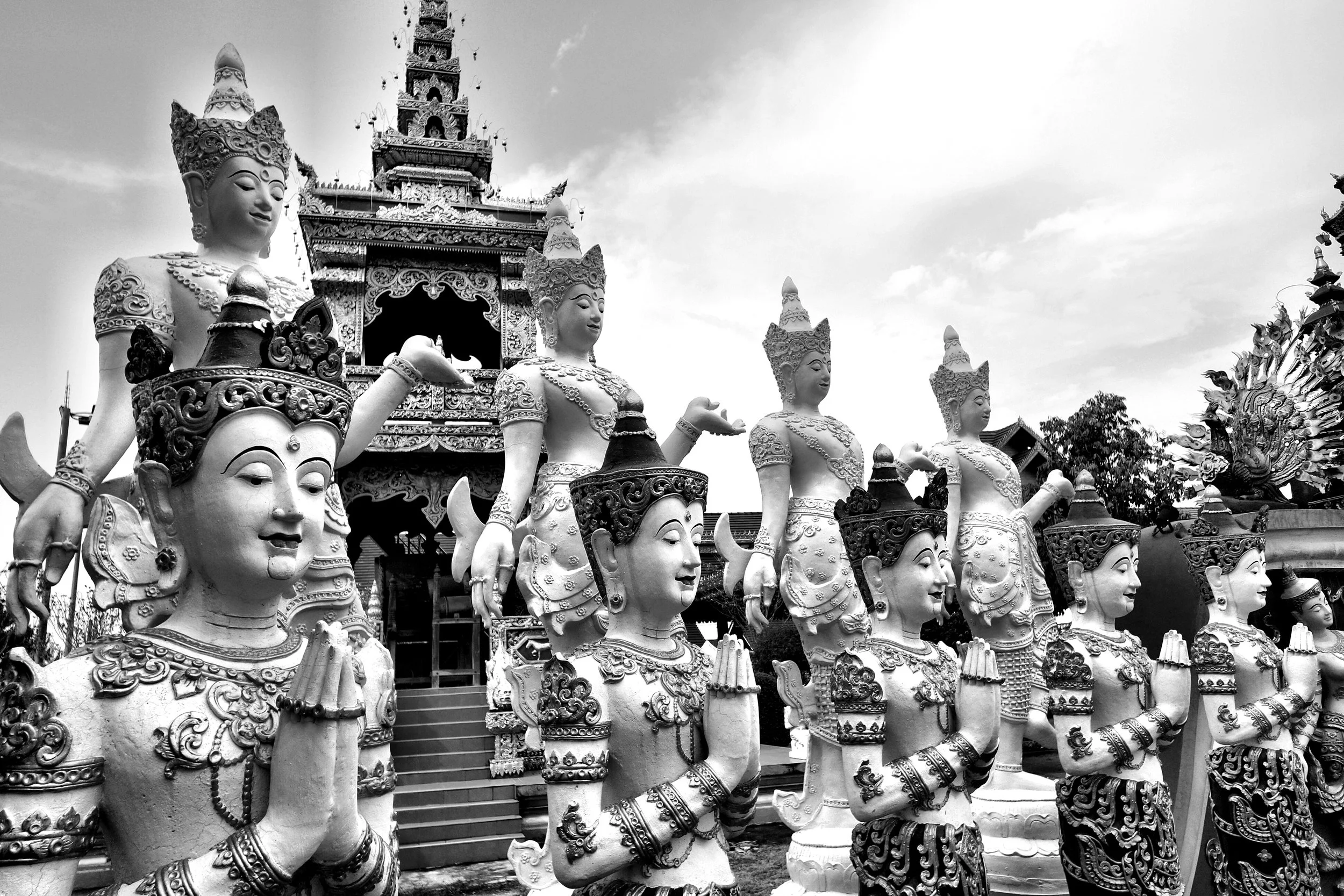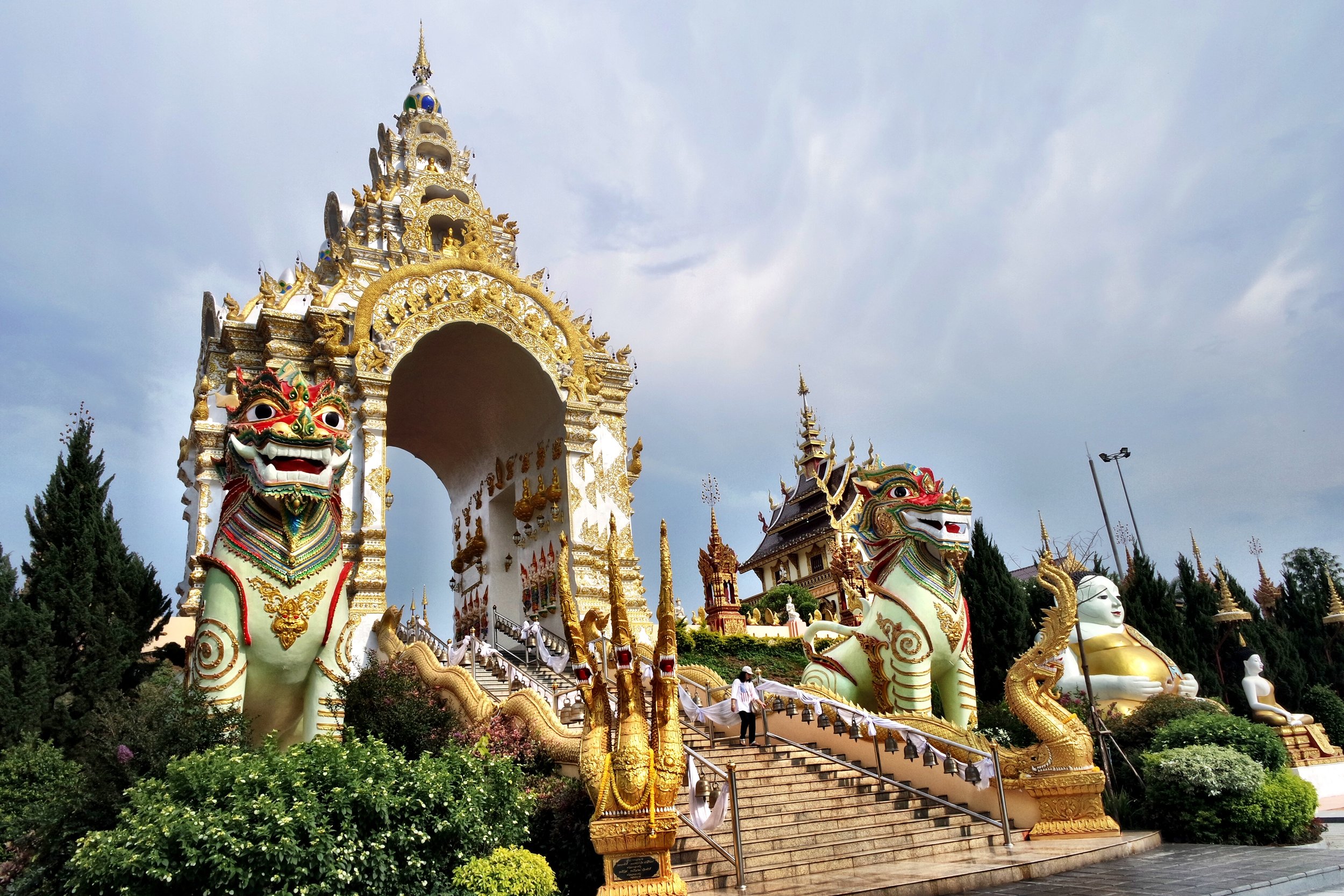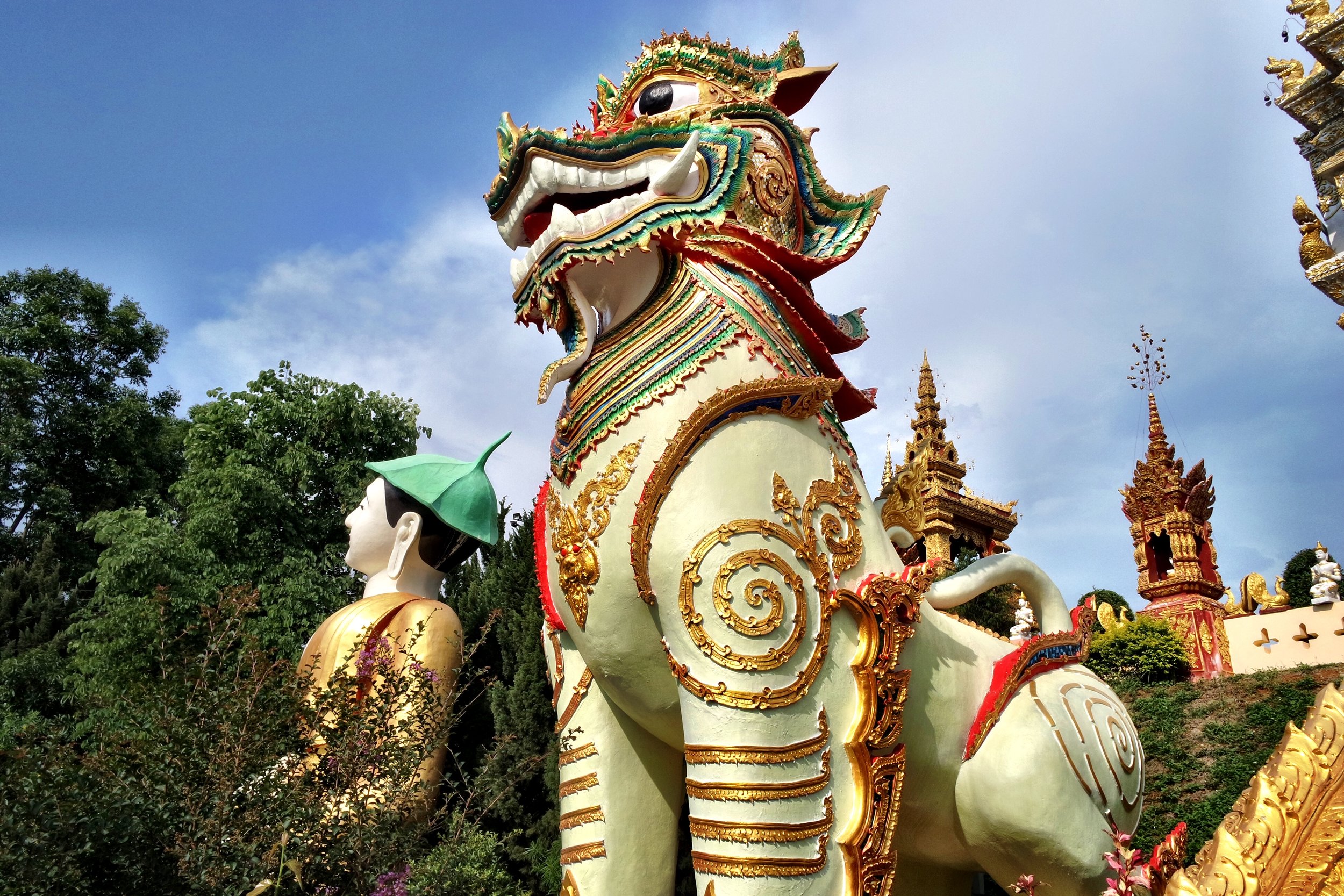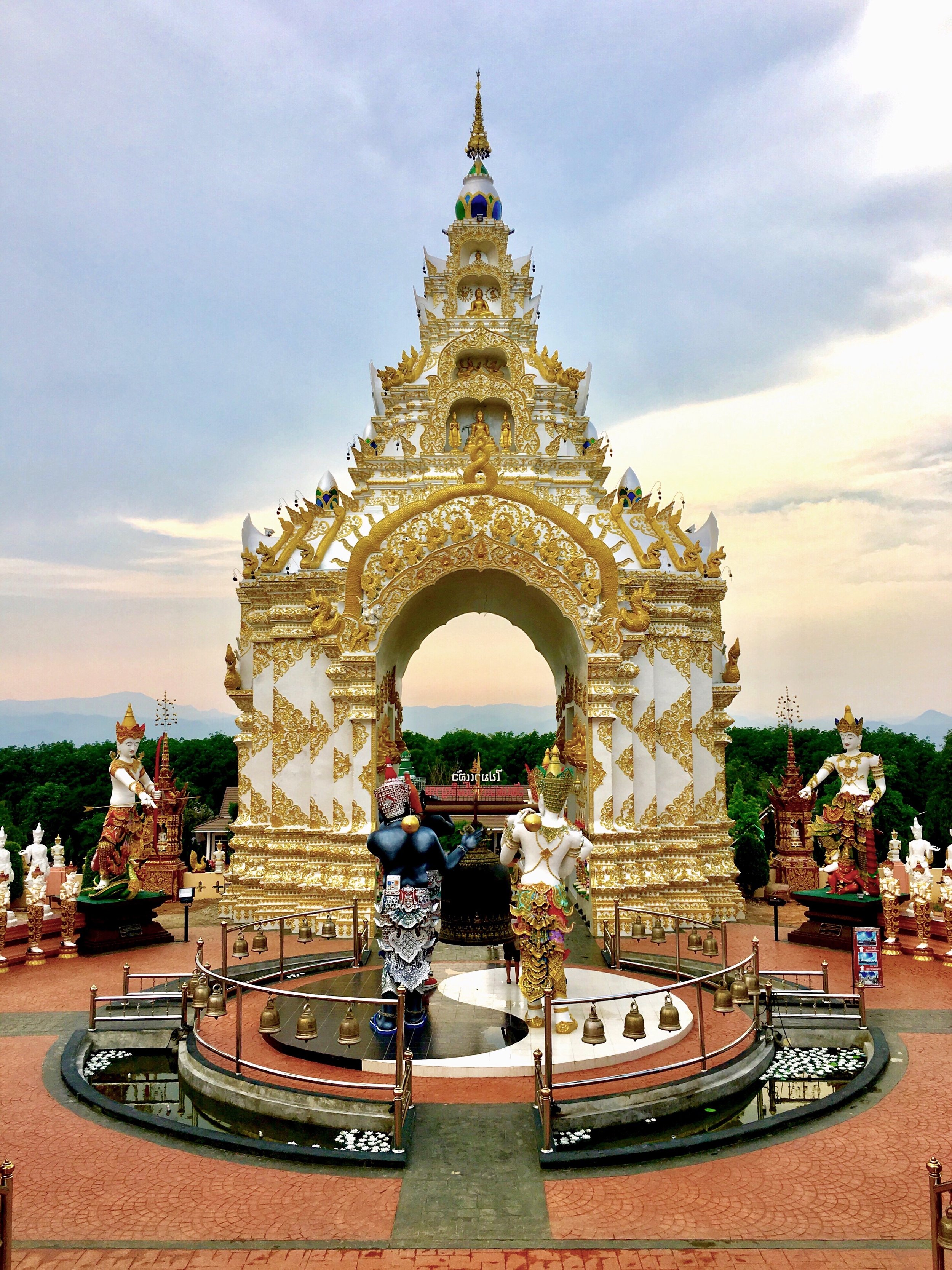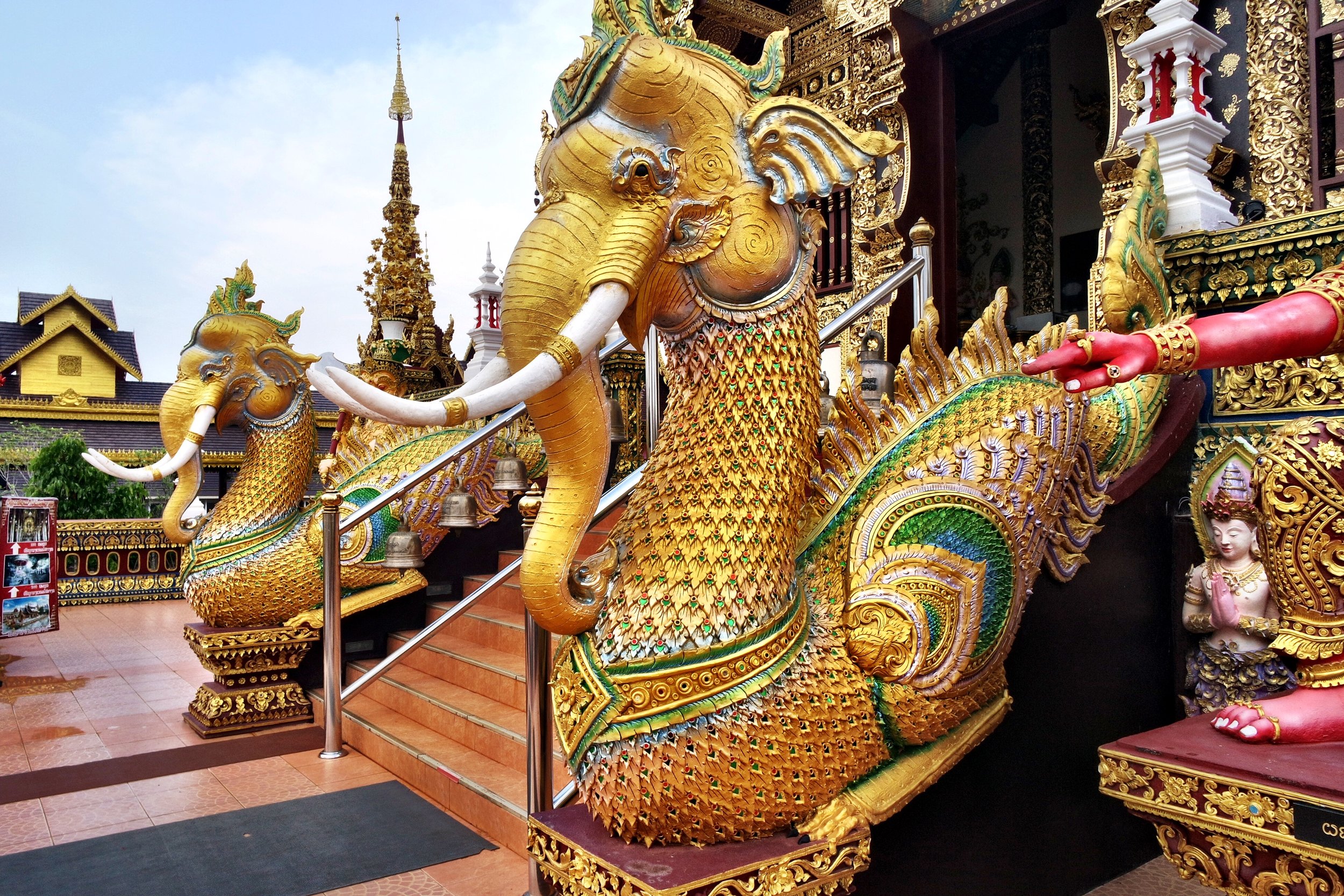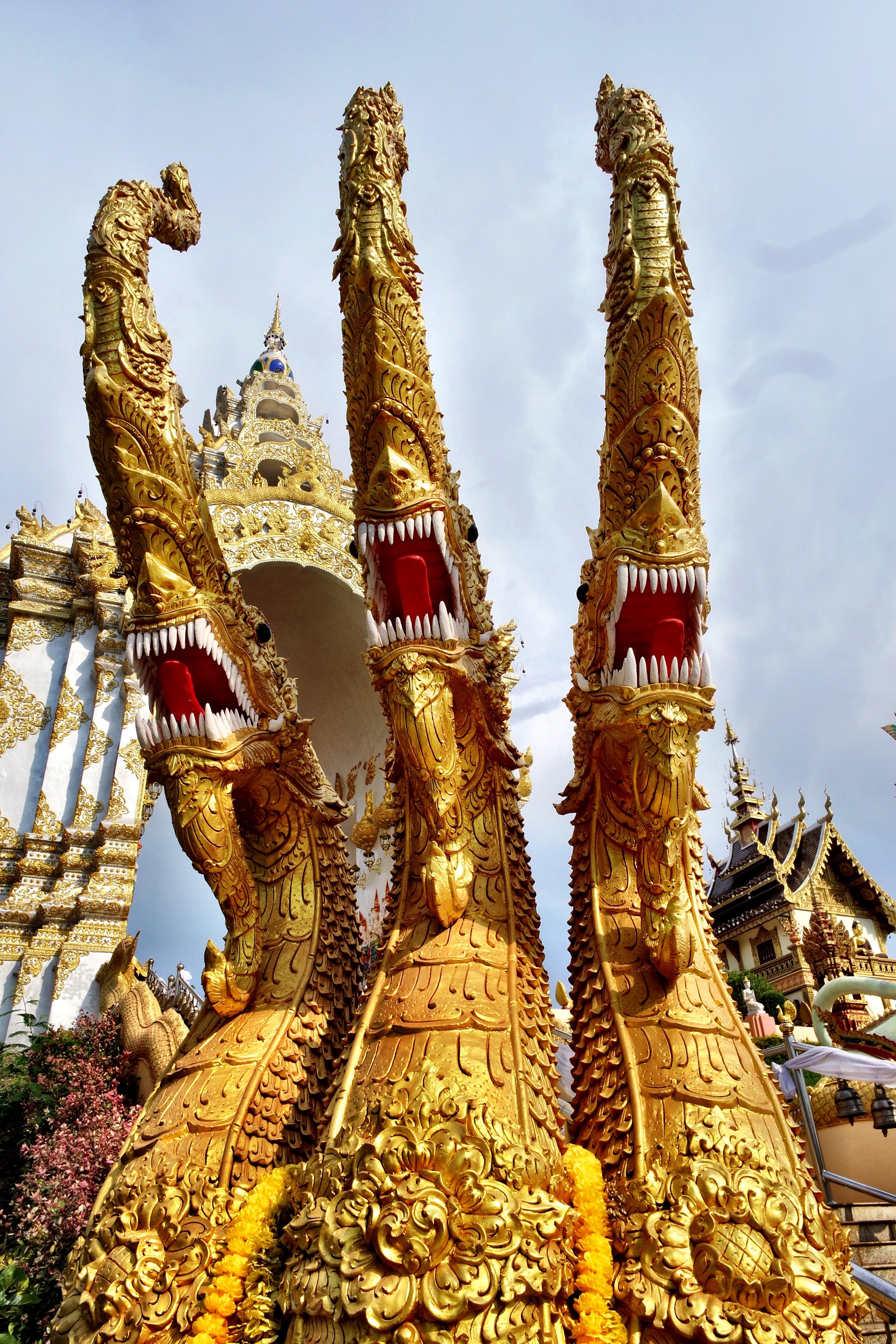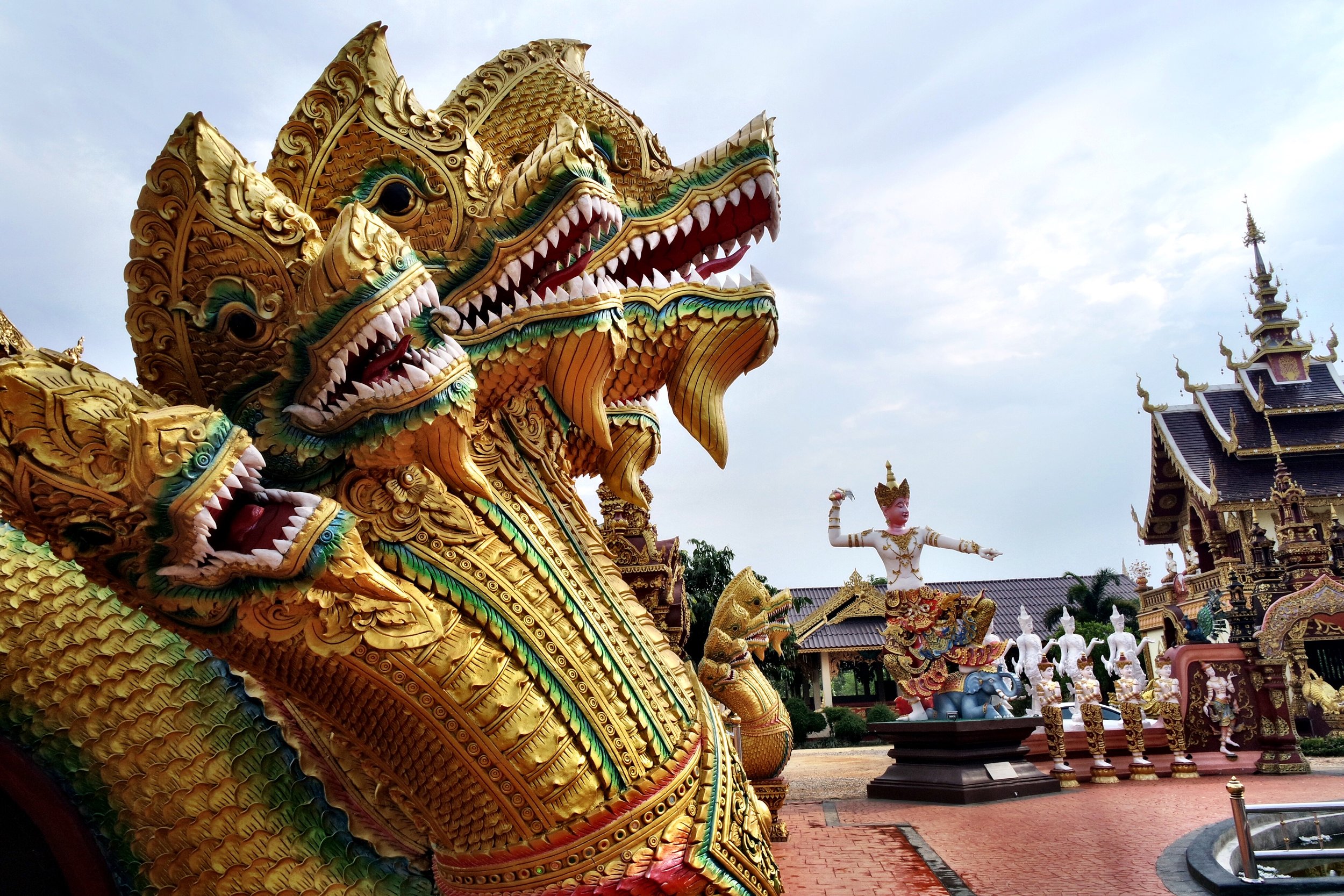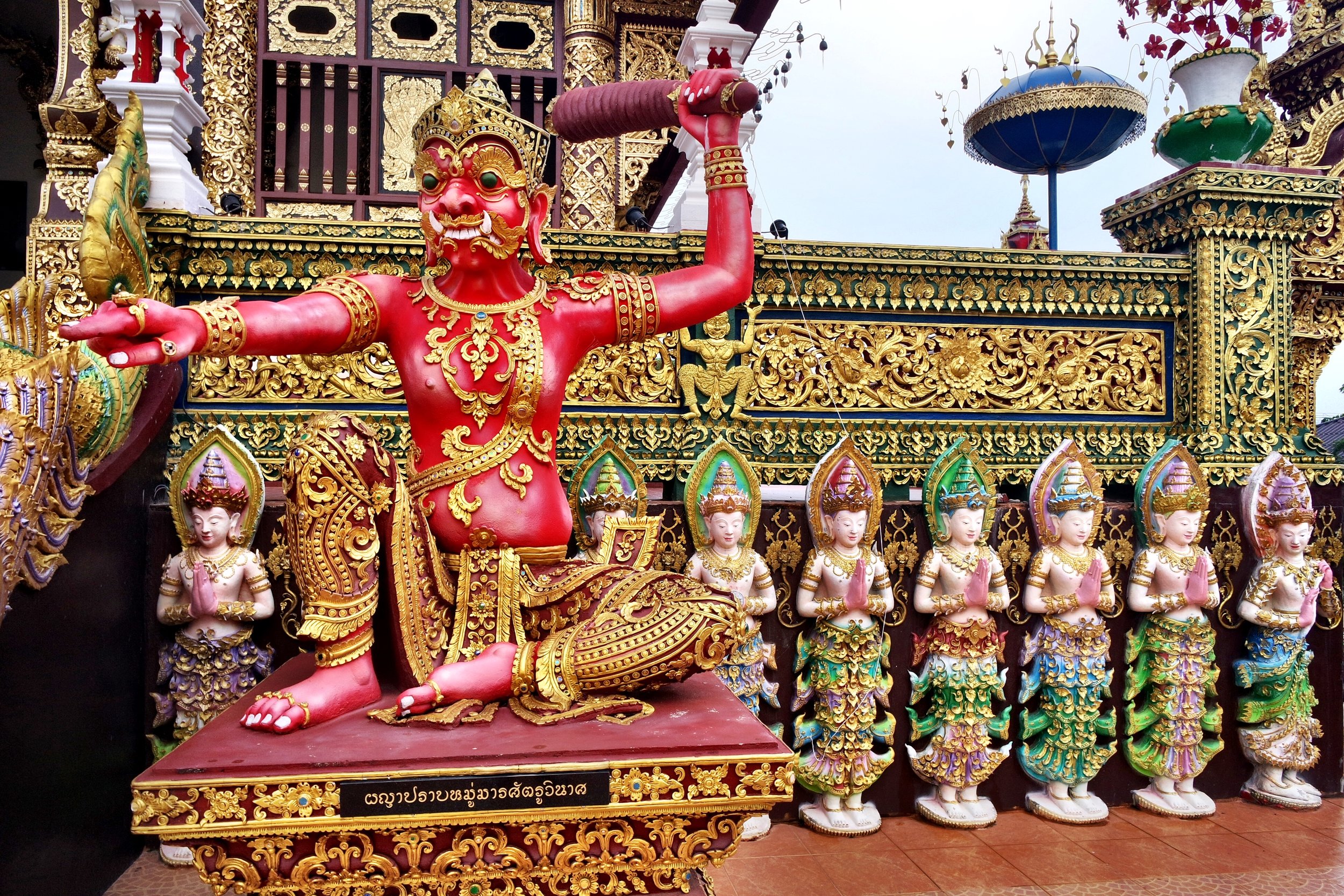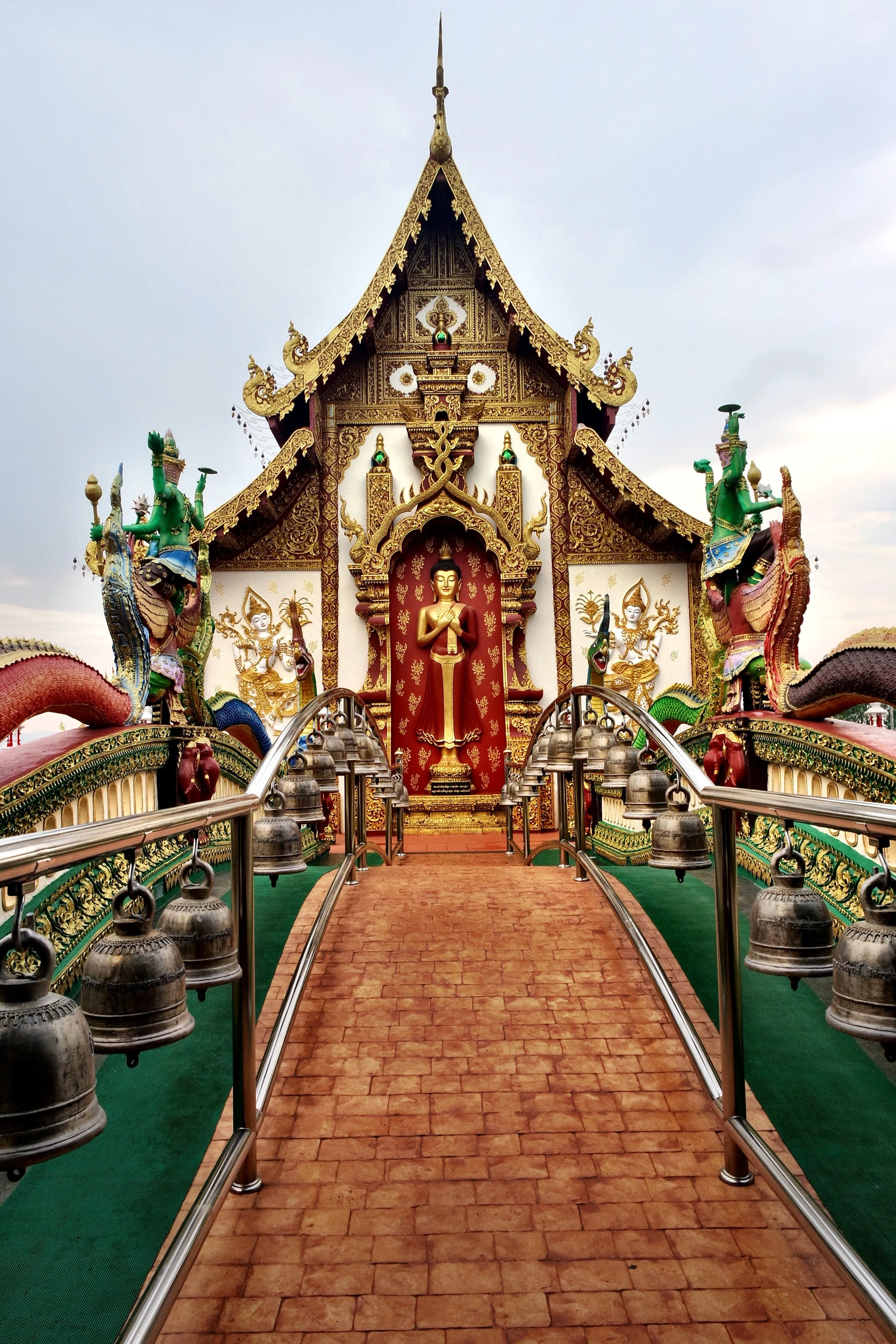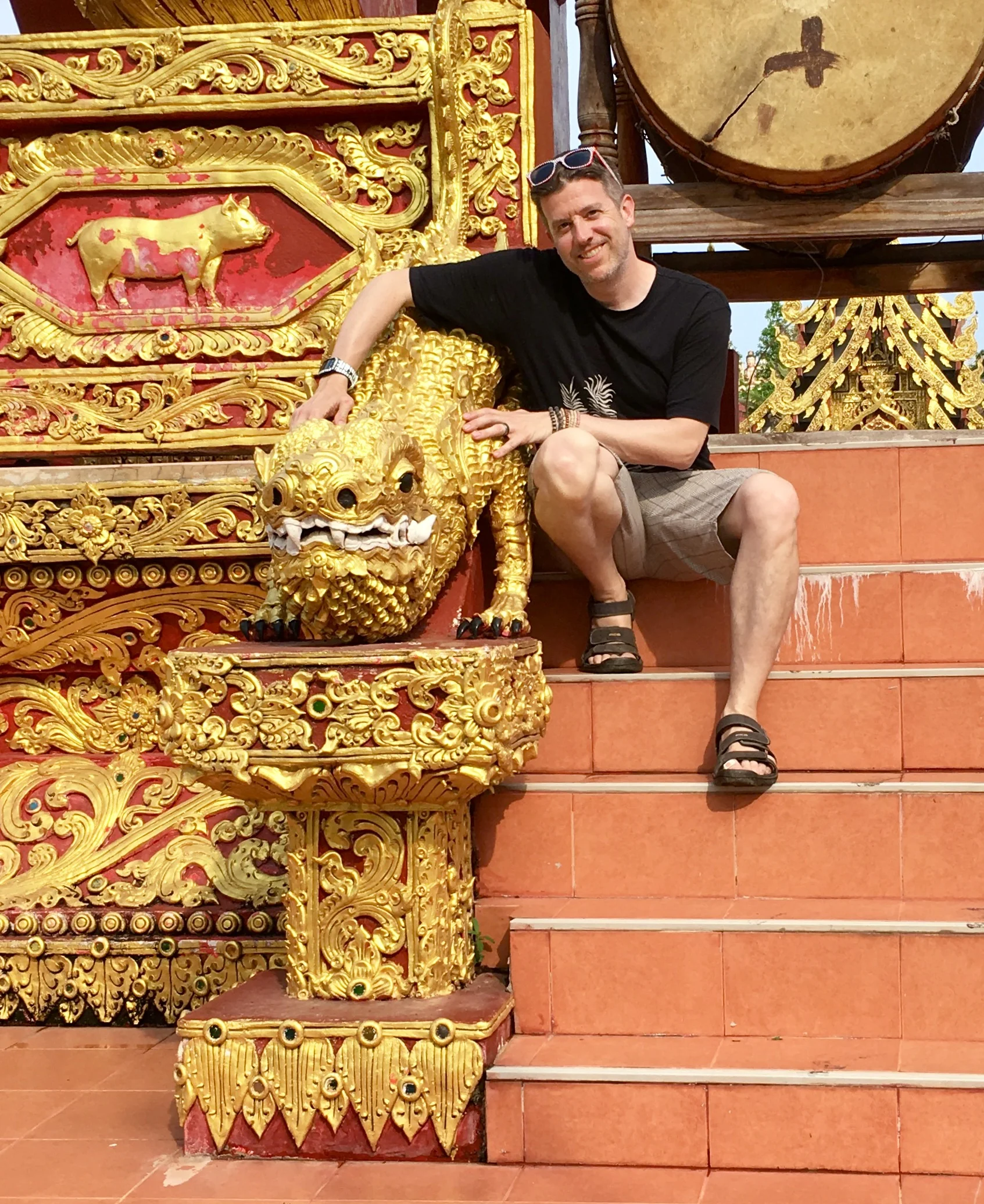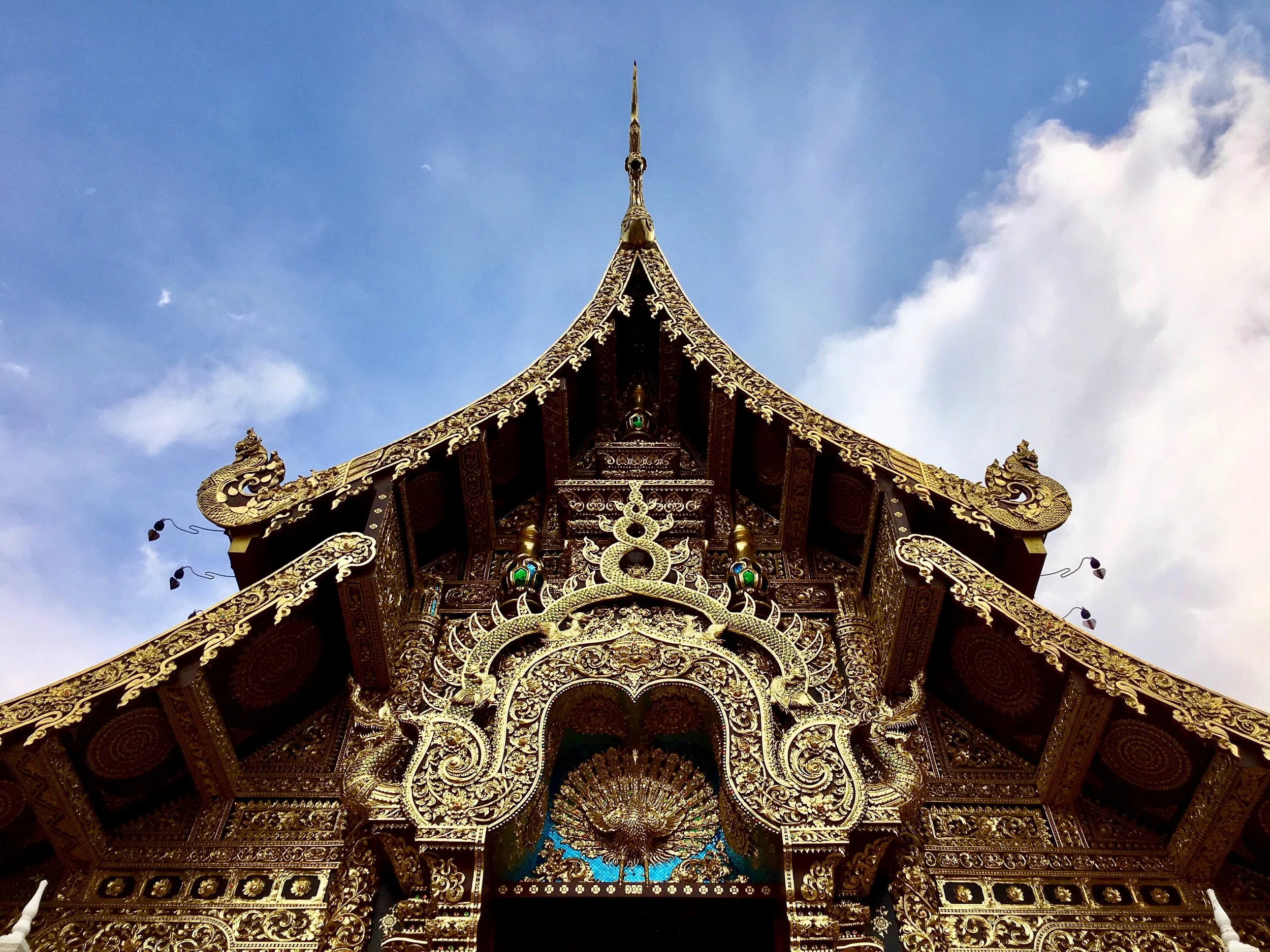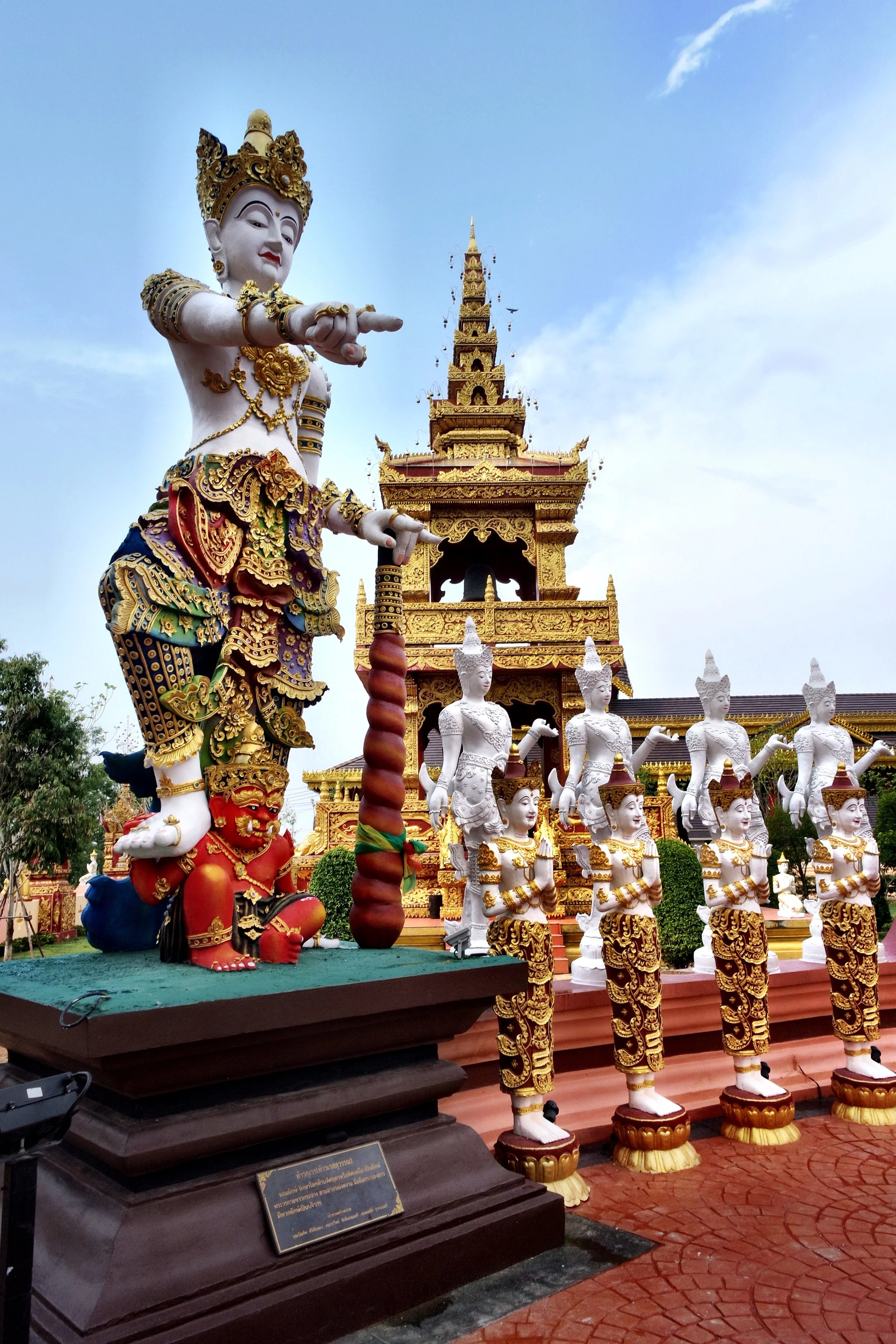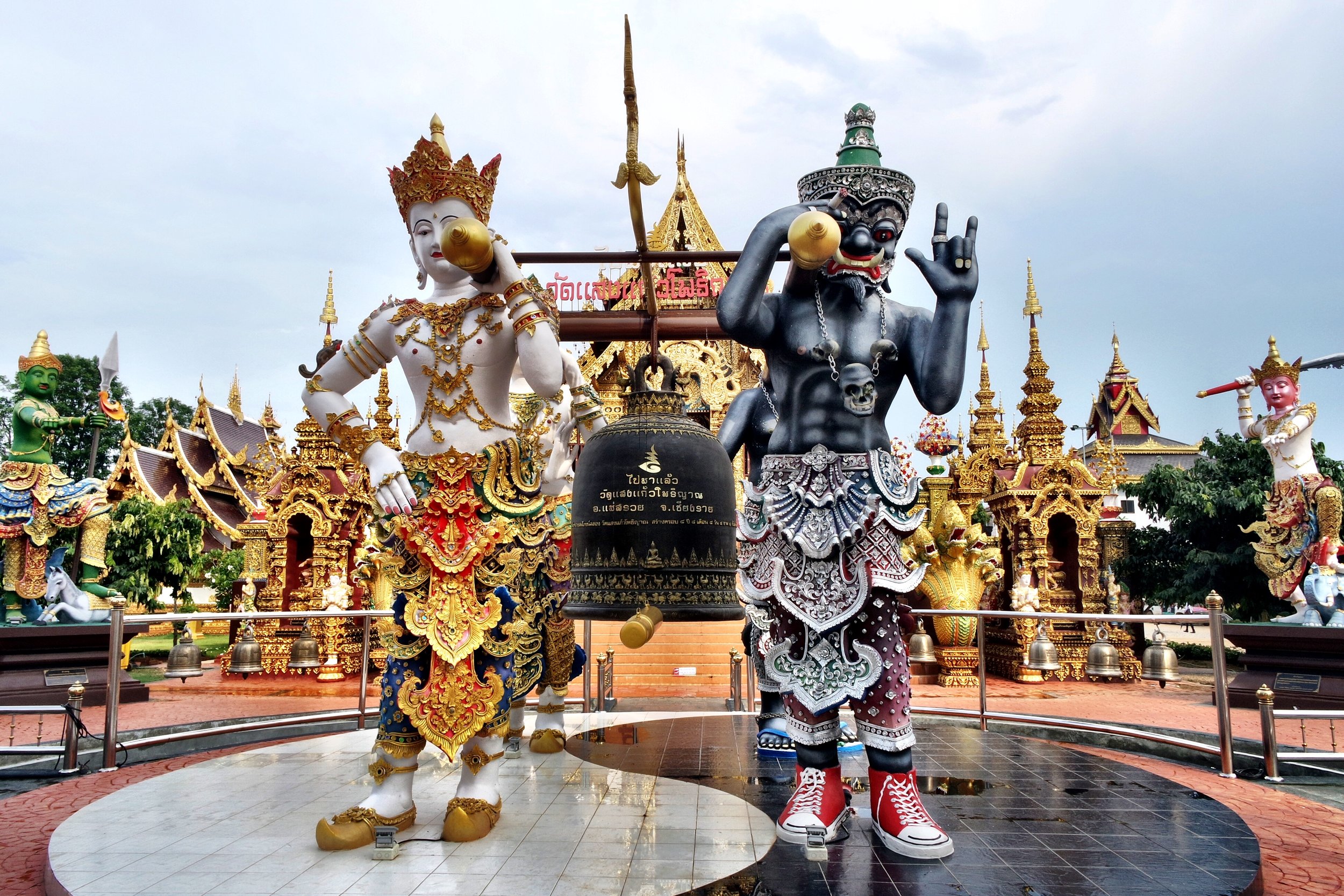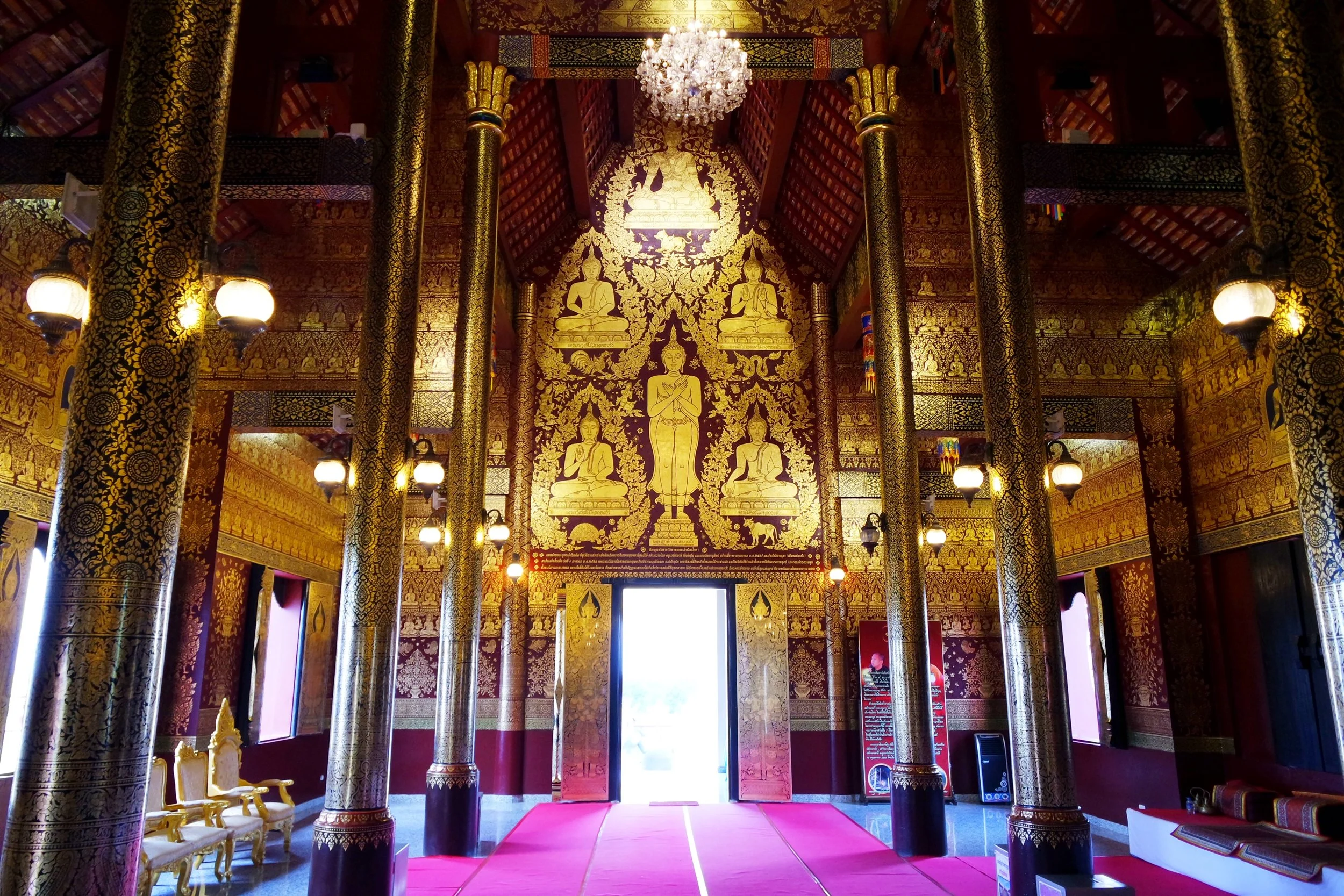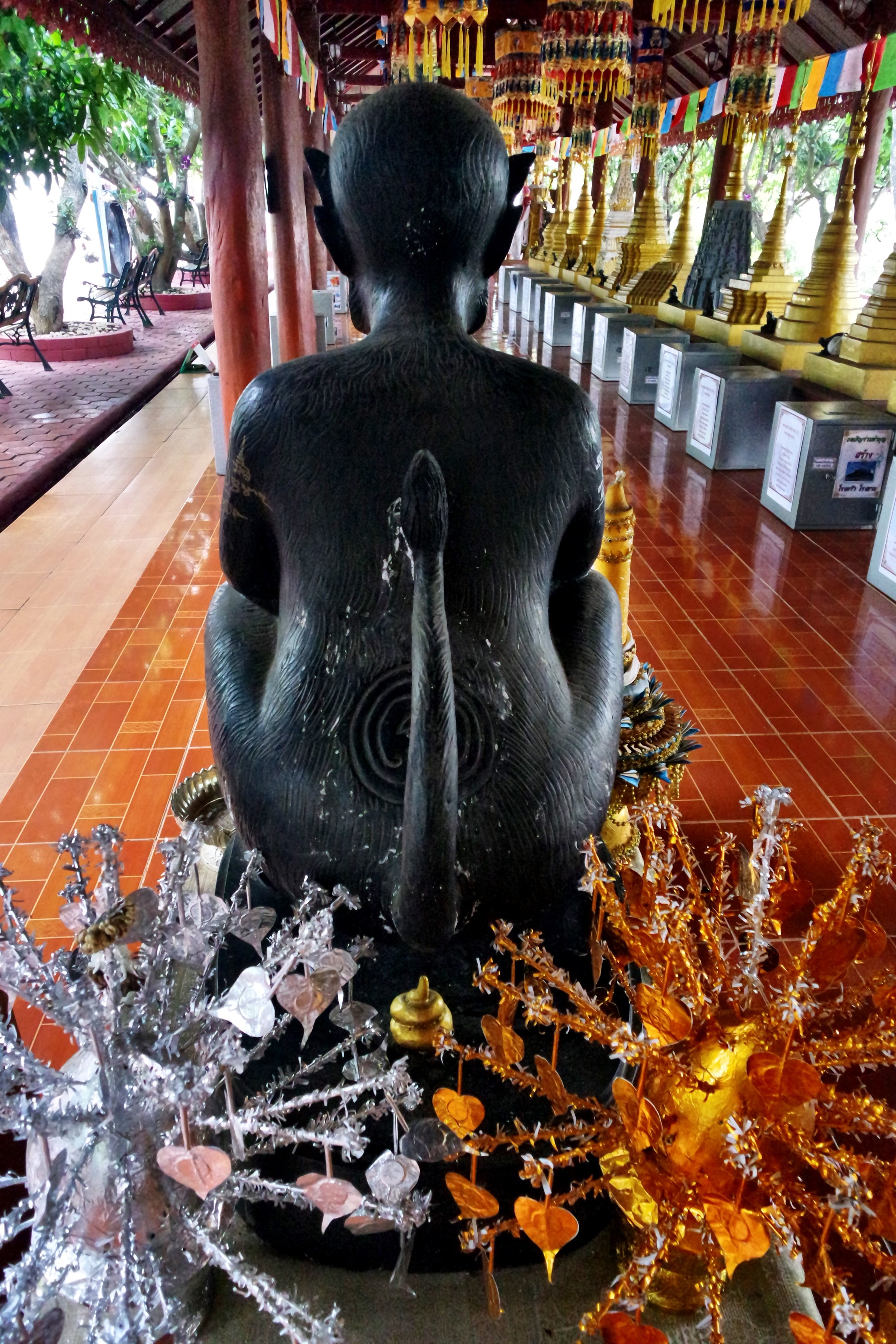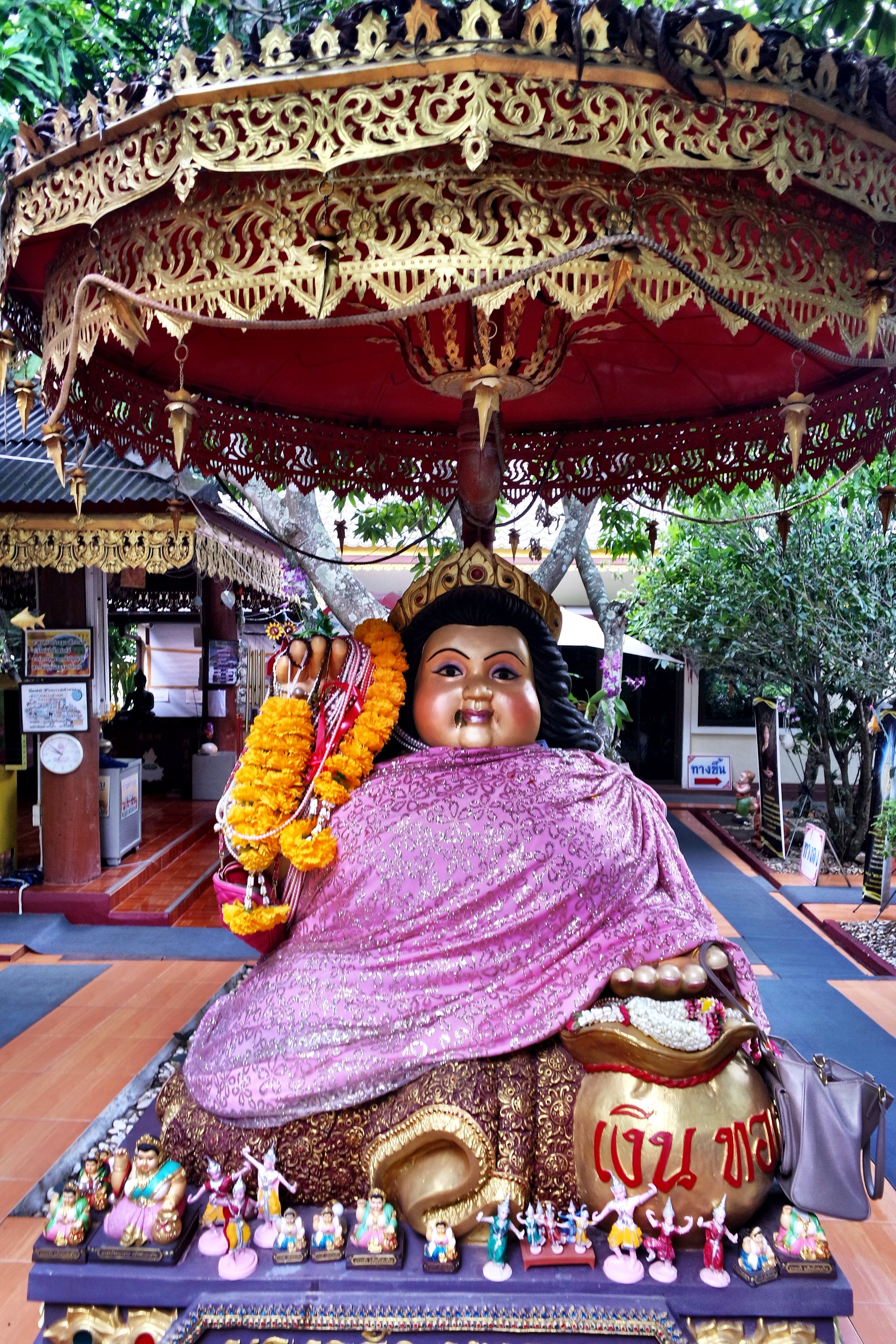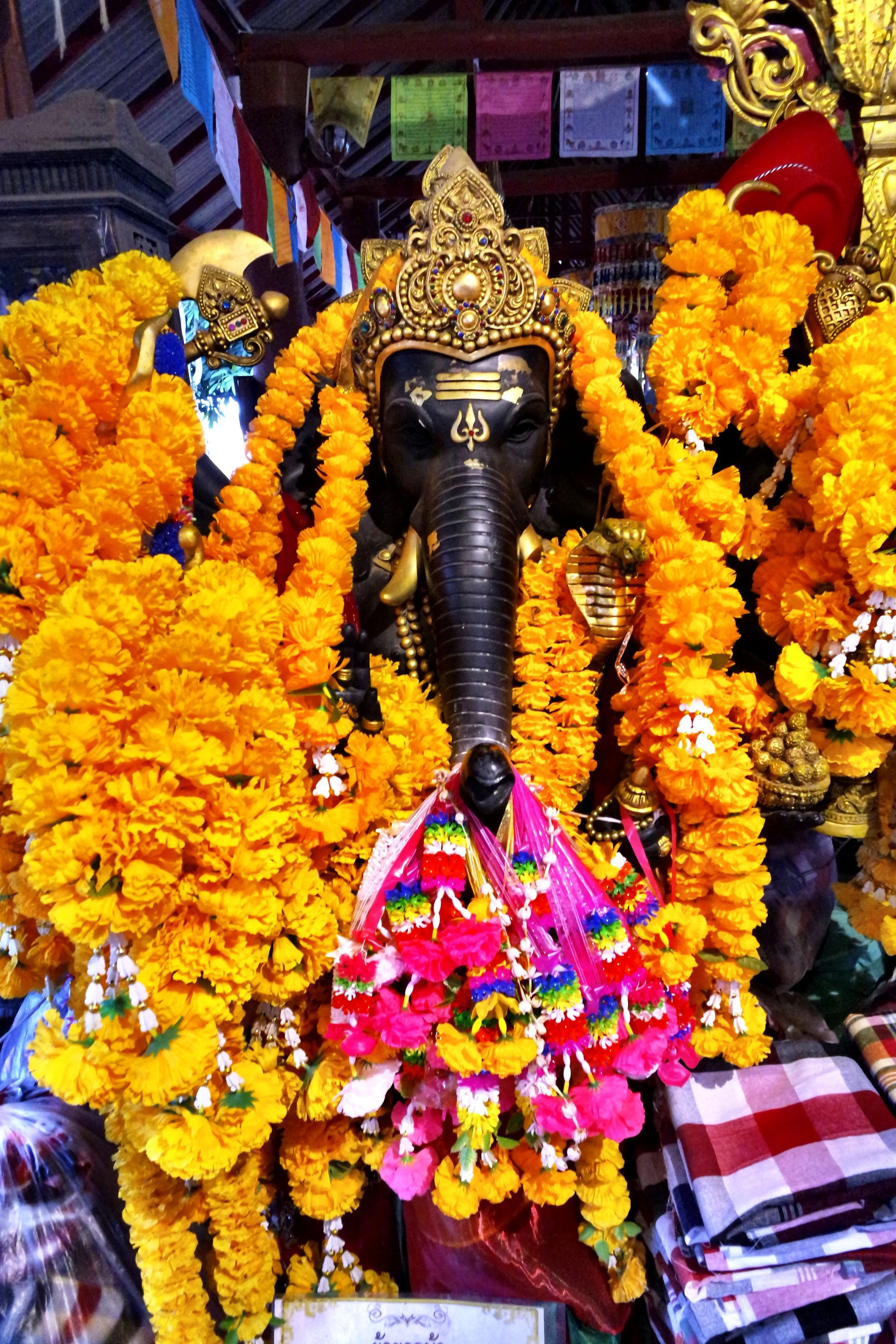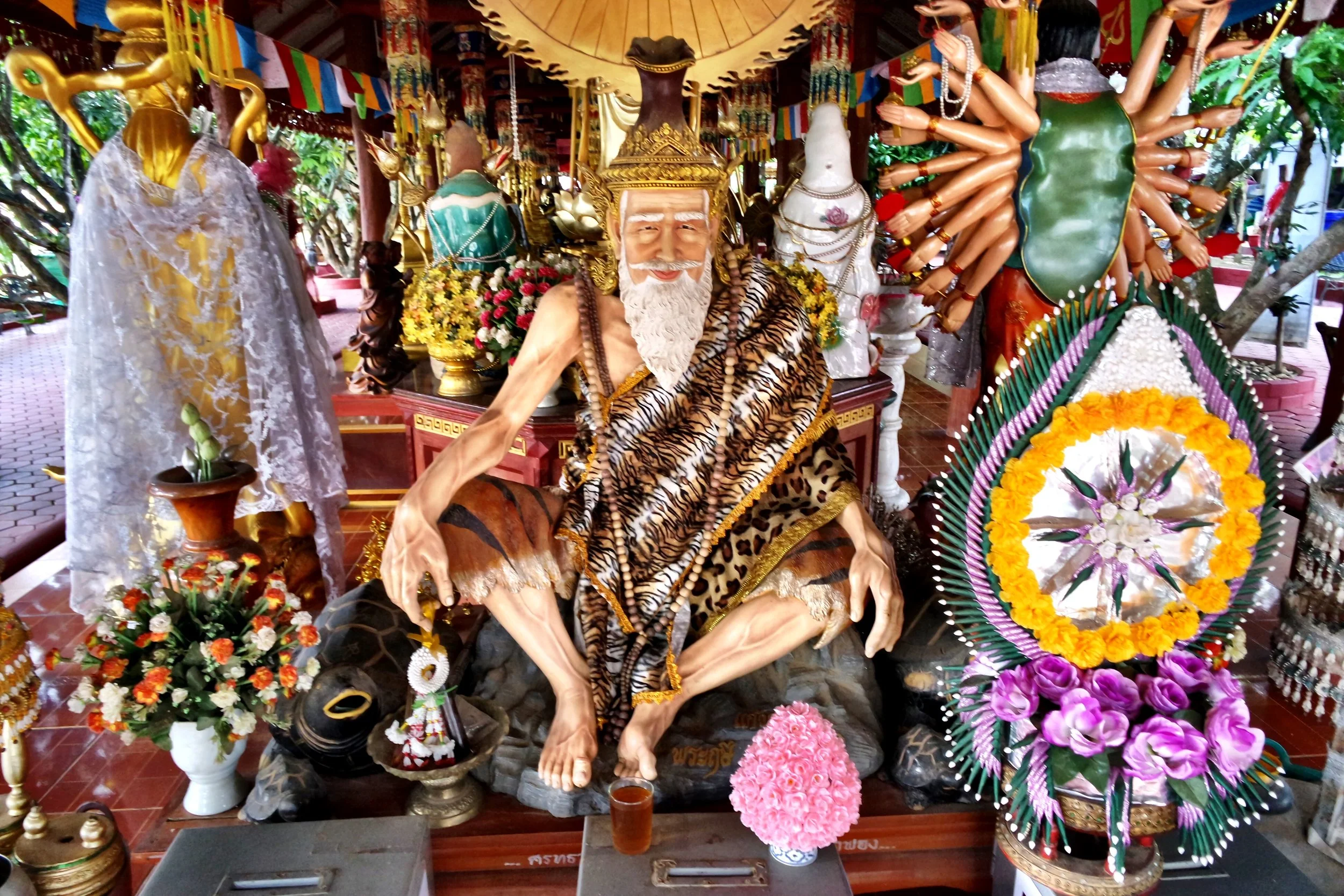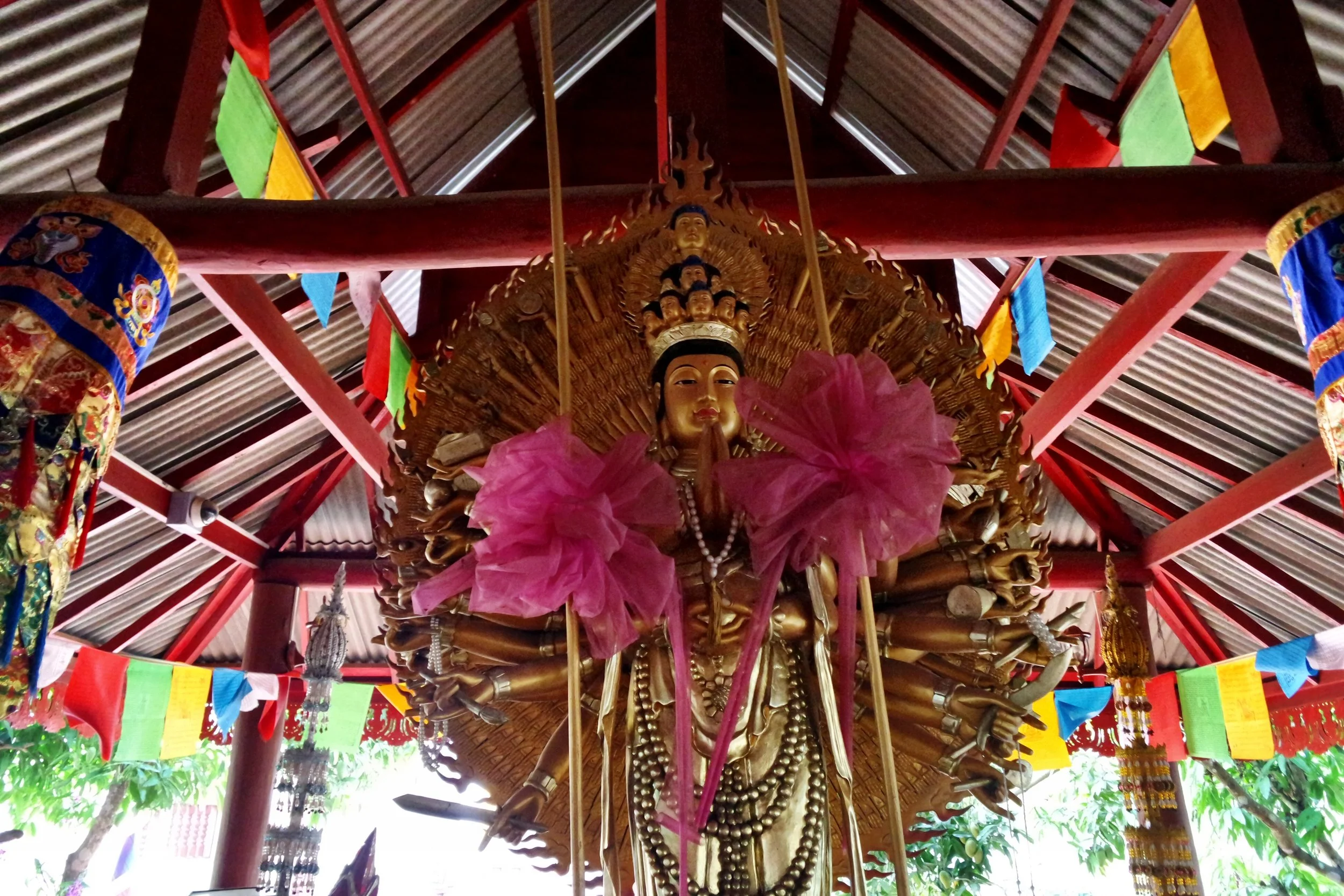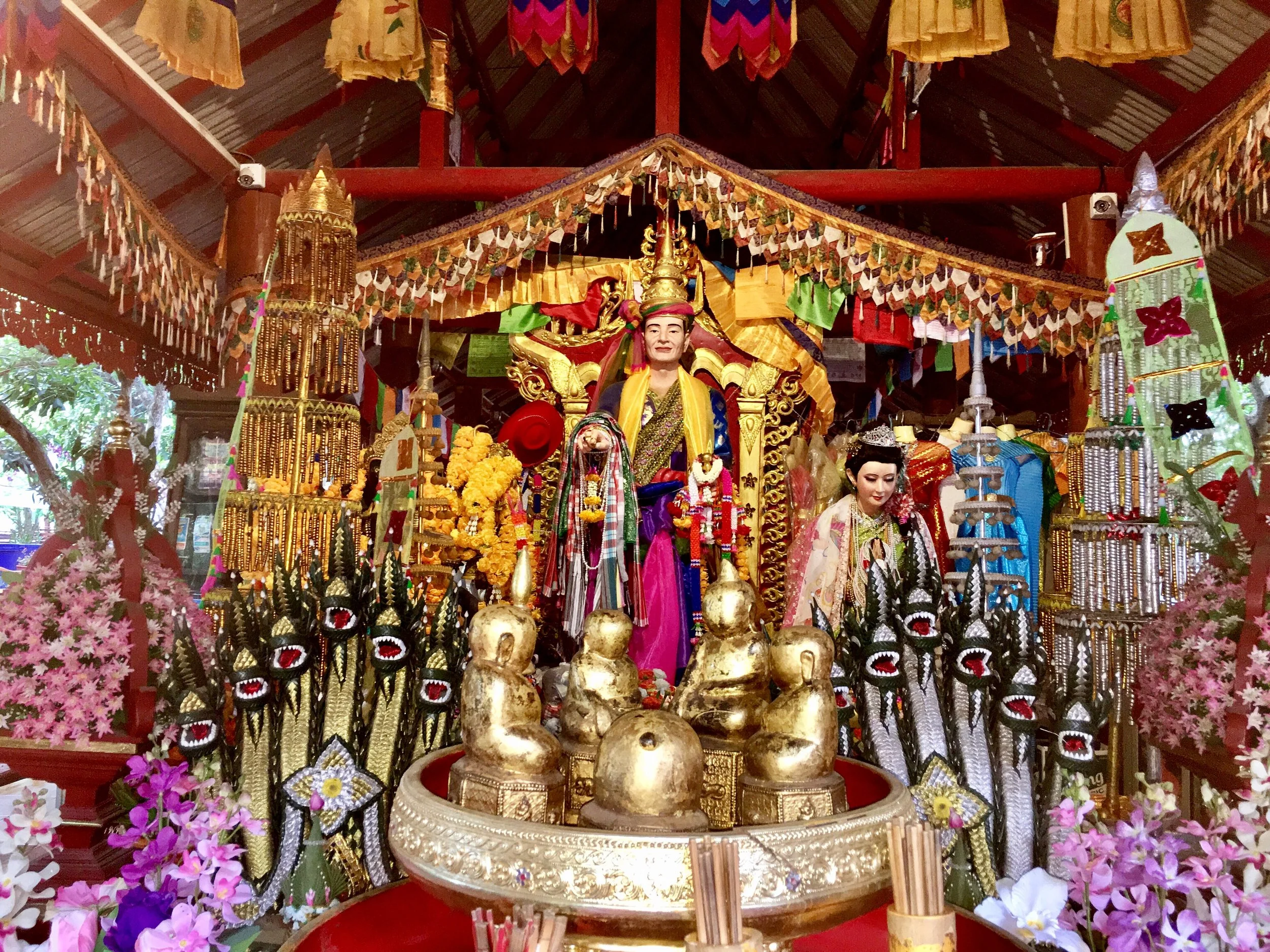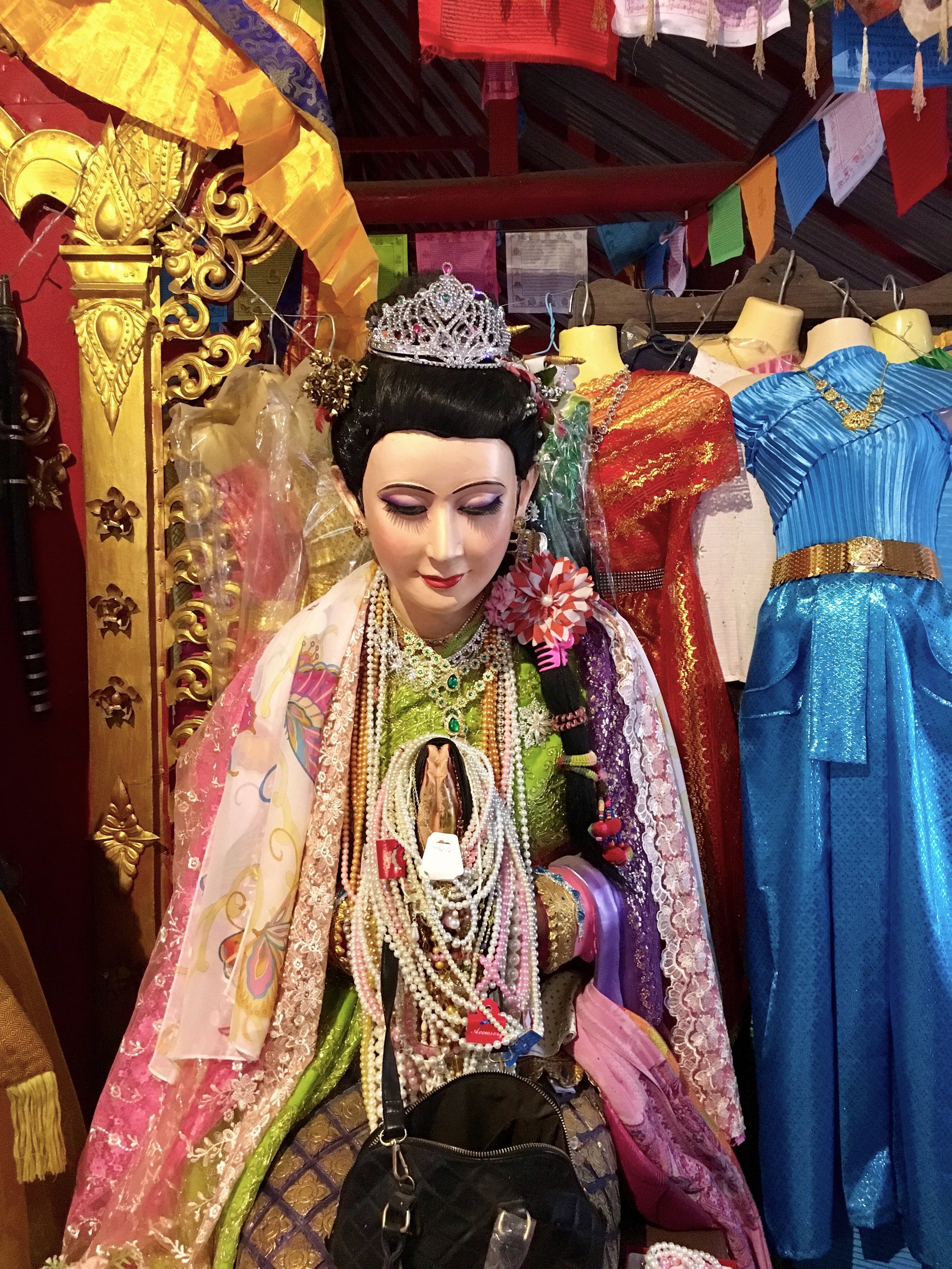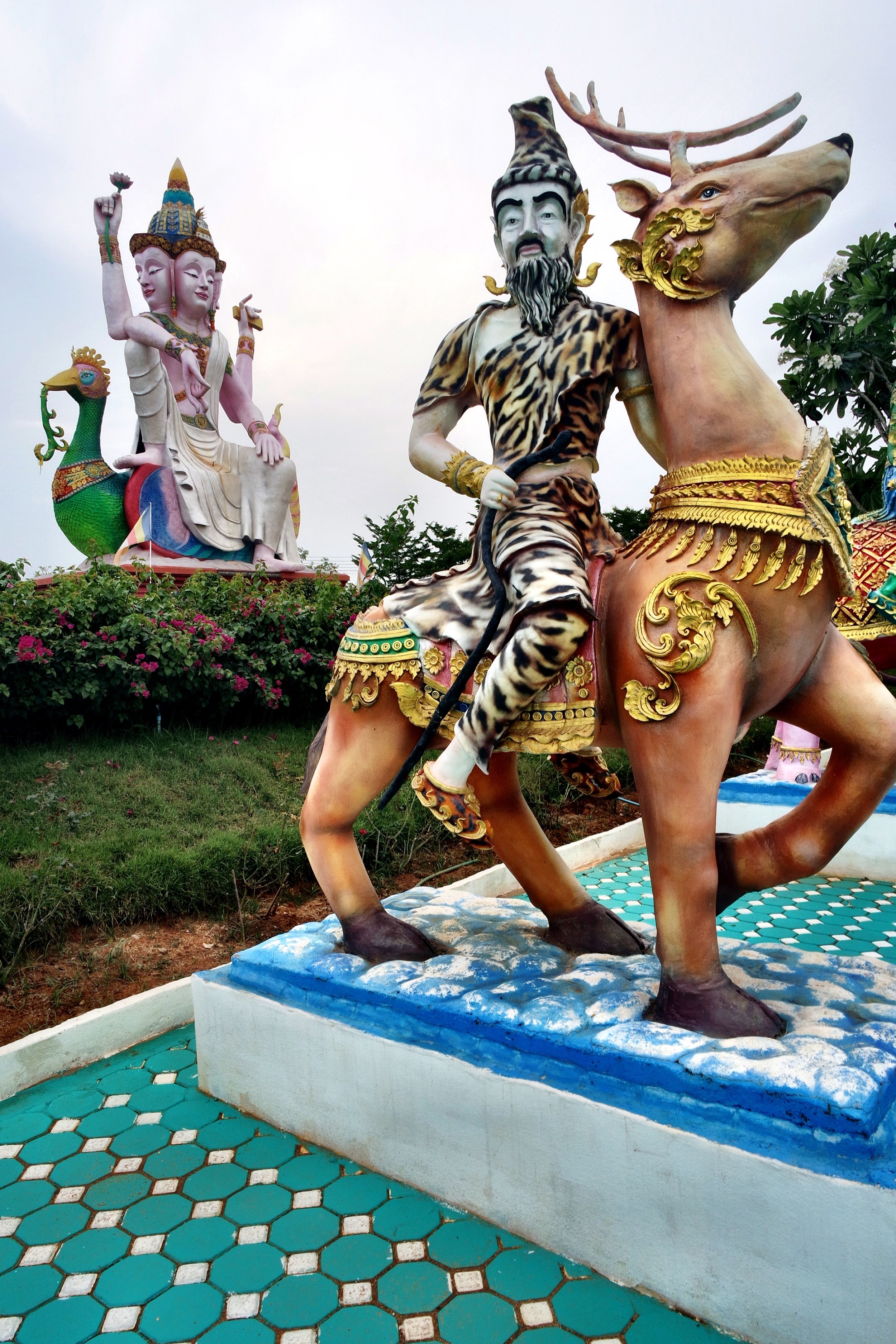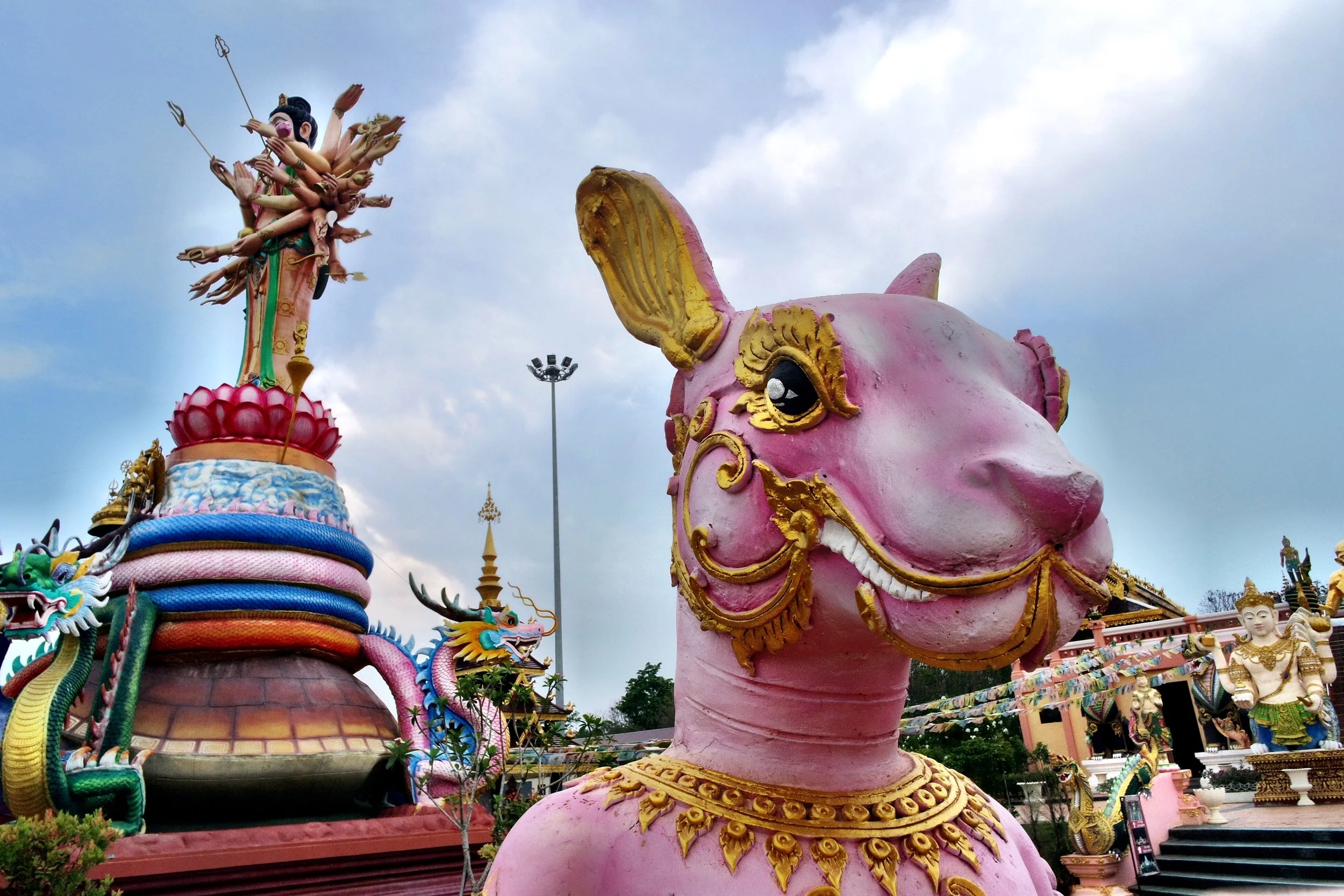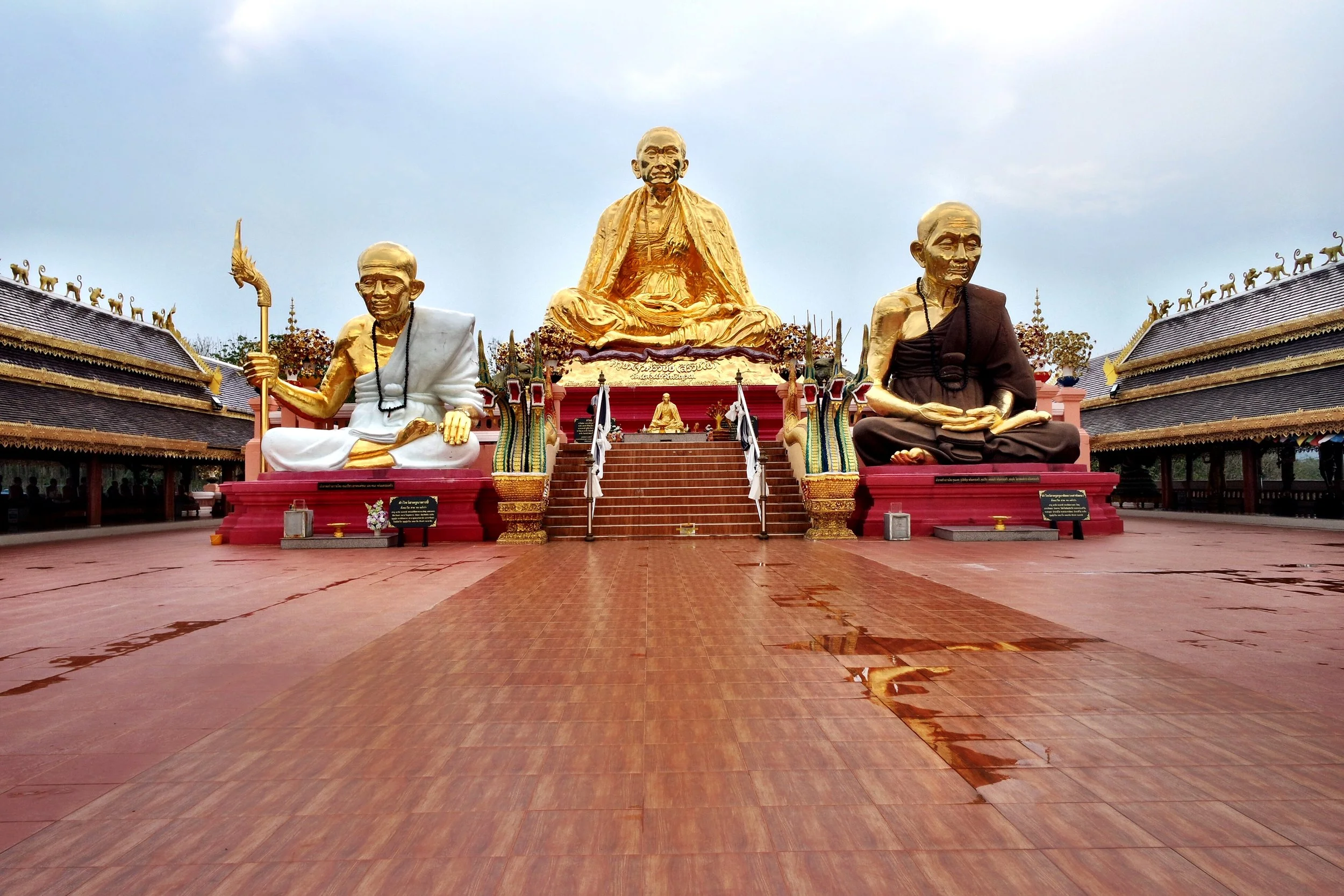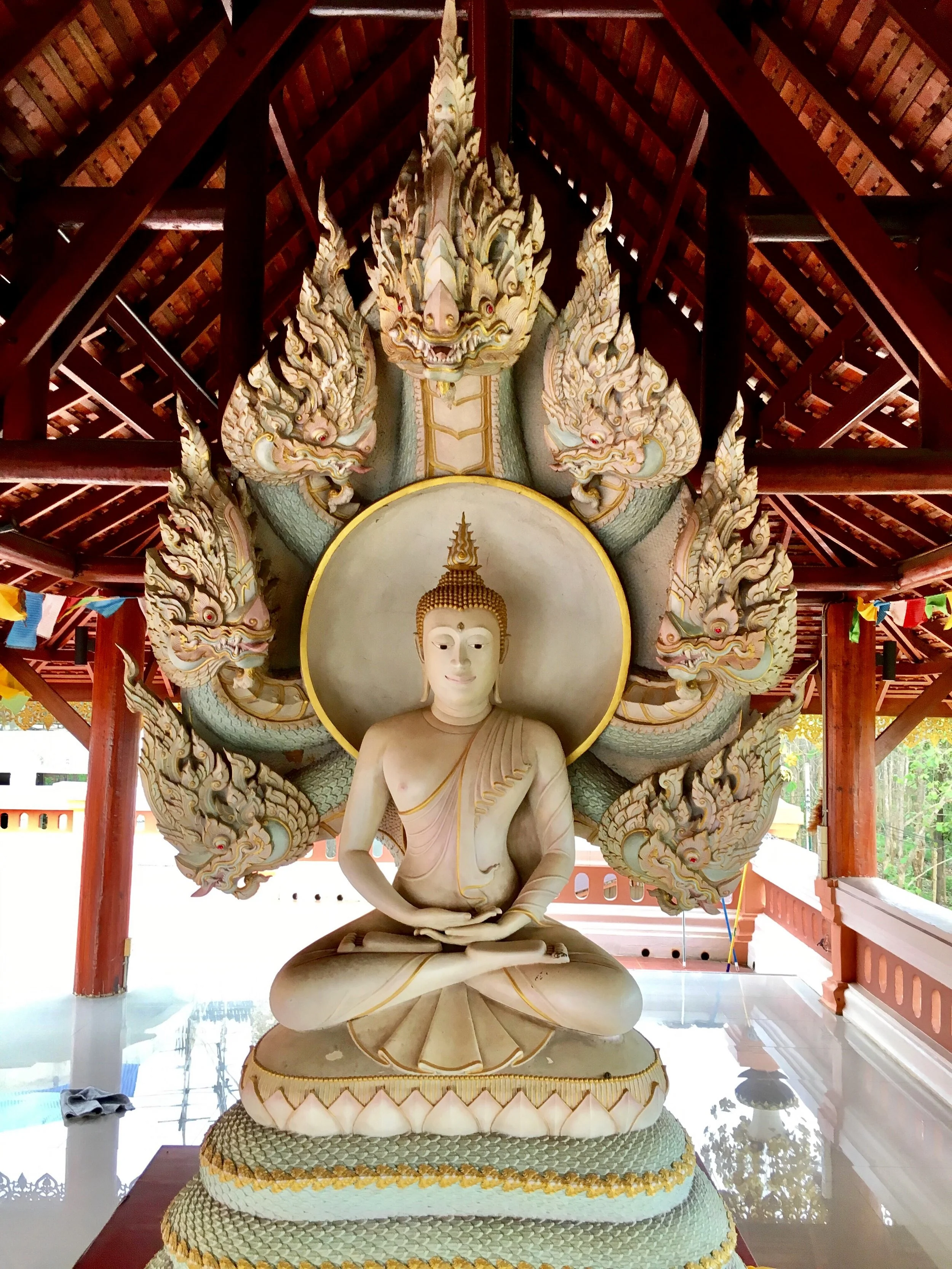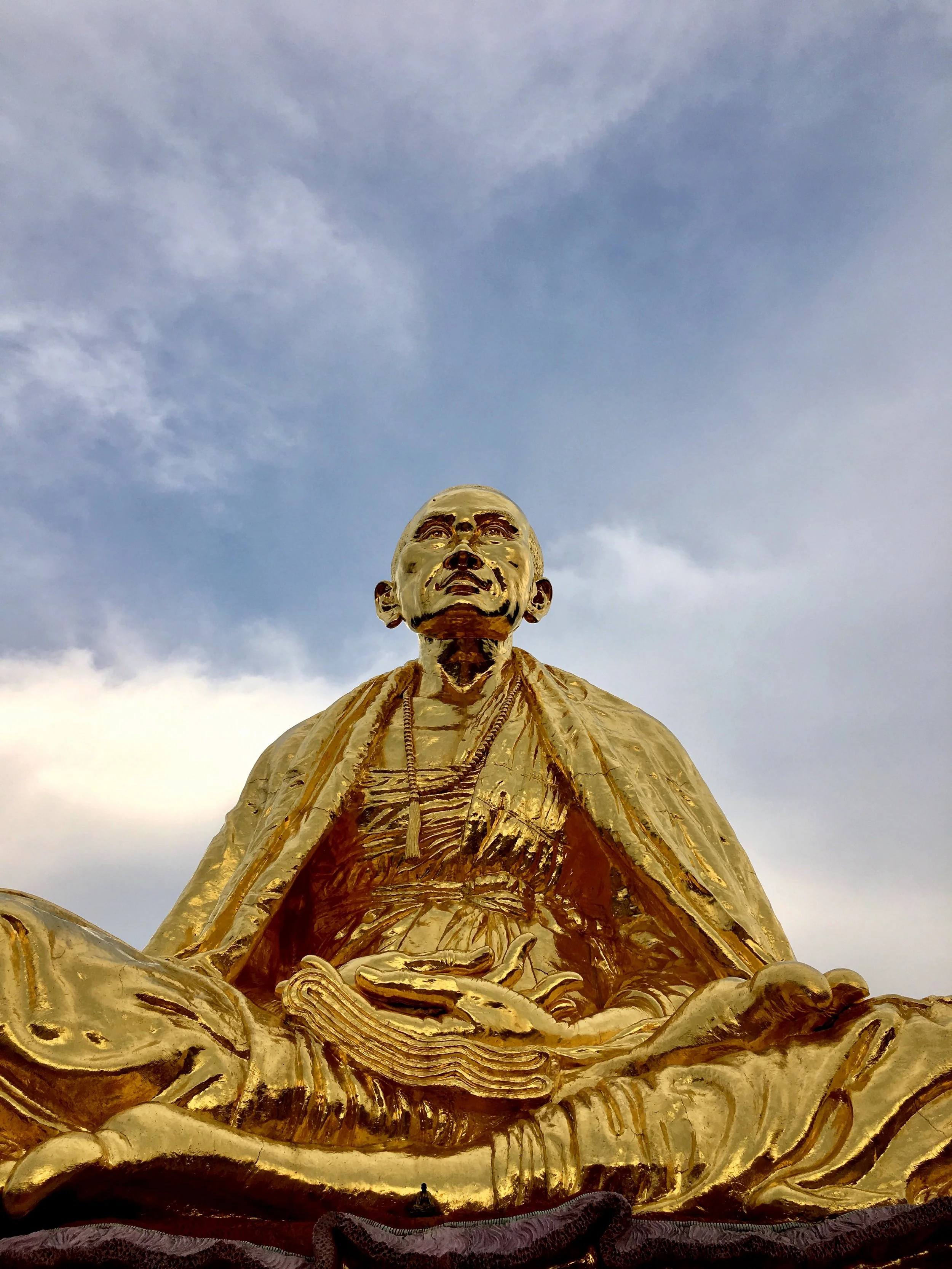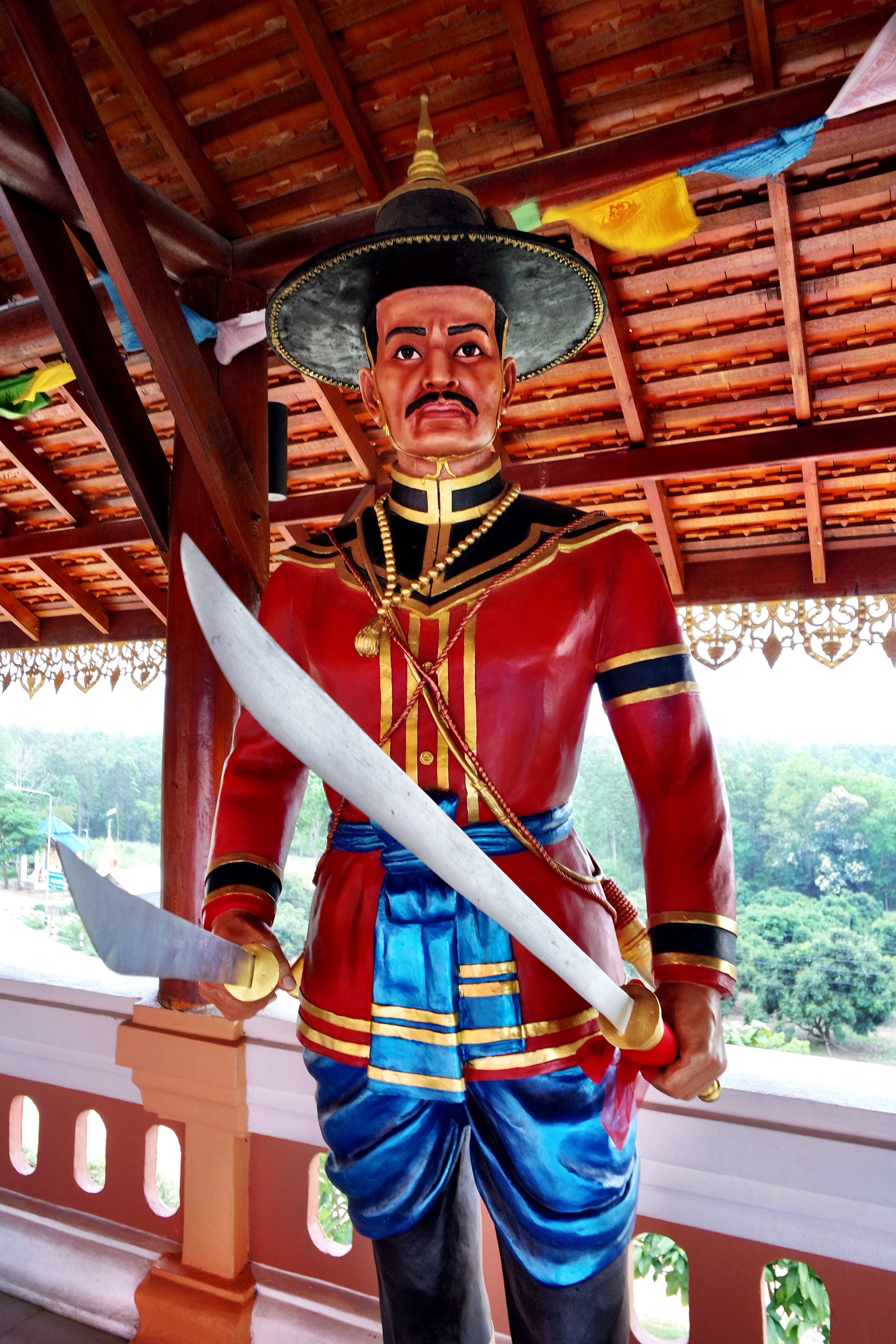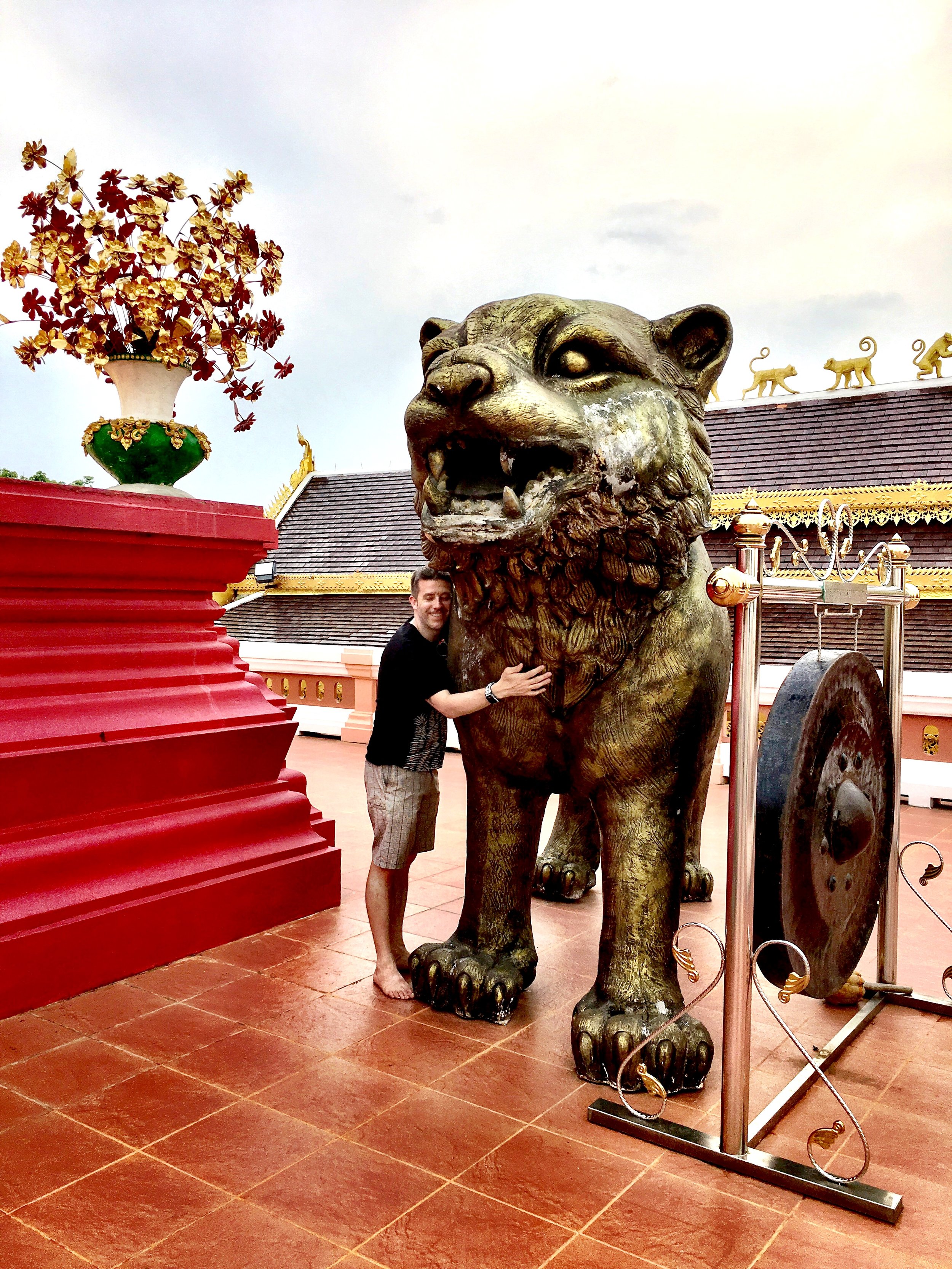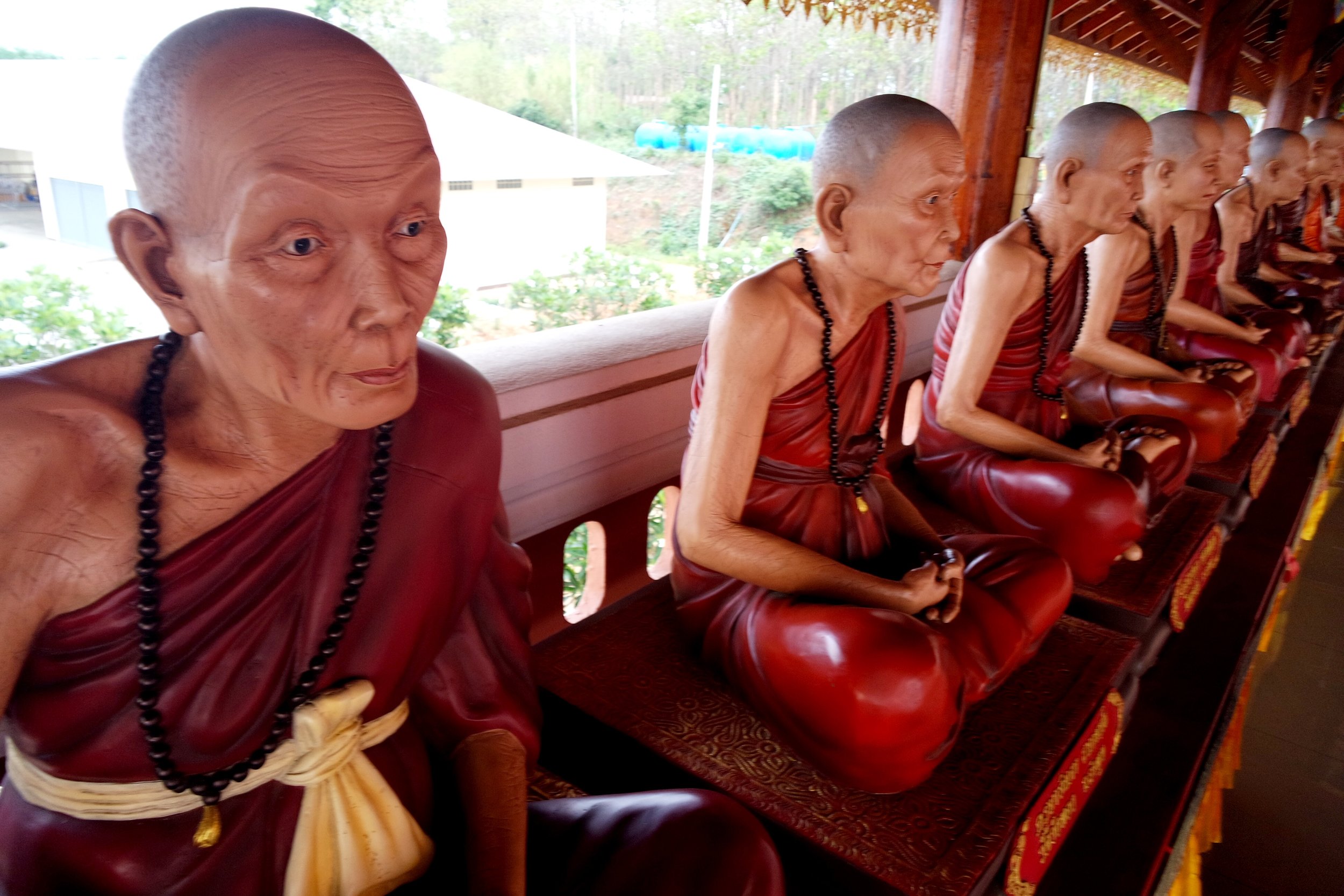Our top blog posts cover the Paris Catacombs, India’s transsexual hijras, jinns, vintage Halloween, Fès hammans and more.
Duke and I tend to be drawn to the bizarre. We’re fans of the strange (chambers lined with skulls and bones, creepy vintage Halloween postcards and photos). We like to meet those who are societal outsiders (like India’s legal third sex, the hijra). We’re obsessed with the supernatural (jinns, gypsy love spells). But we also appreciate a good pampering (at a Fès hamman, say) and architectural beauties (such as the Milan Duomo).
Seems like you do, too. Here are the top 15 blog posts from last year. What was your favorite? –Wally
1. GRUESOME FACTS (AND HELPFUL TIPS) ABOUT THE PARIS CATACOMBS
No bones about it: If you think piles of skulls and hallways formed of bones are pretty effin’ cool (like us), then the Catacombs of Paris are for you.
2. SECRETS OF THE HIJRA: INDIA’S LITTLE-KNOWN TRANSSEXUALS
Prostitution, curses and dangerous sex change operations are a way of life for this marginalized community.
3. HOW TO PROTECT YOURSELF FROM JINNS AND BLACK MAGIC
Black magic in Islam is a serious concern — and the holy writings offer numerous ways to negate magic jinn.
4. THE BEST PLACE TO MAKE OUT IN PUBLIC IN DELHI
Not a typical tourist stop, the Garden of Five Senses is a whimsical sculpture park worth visiting. It’s also popular with local couples escaping societal judgment against PDA.
5. 24 VINTAGE HALLOWEEN CARDS THAT ARE NOSTALGIC — BUT A BIT CREEPY, TOO
Halloween greetings from the past featured common Halloween symbols: the witch, black cat, jack-o’-lantern, ghost, devil — and one that has been forgotten.
6. 21 VINTAGE HALLOWEEN PHOTOS THAT ARE SO CREEPY THEY'LL GIVE YOU NIGHTMARES
Halloween costumes of the past were scary as hell.
7. WHAT’S THE BEST HAMMAM SPA EXPERIENCE IN FES, MOROCCO?
Reinvigorate yourself at the luxury hammam Les Bains Amani.
8. 7 FUN FACTS ABOUT THE MILAN CATHEDRAL
What to do in Milan, Italy? Visit the gorgeous Duomo di Milano, covered with statues of saints and gargoyles — and don’t miss the amazing view from the rooftop.
9. LOVE SPELLS FROM THE GYPSIES
How to cast a love spell to make someone fall in love with you — or fall out of love with you. Plus, secrets from the Roma that will reveal your future spouse!
11. WAT RONG SUEA TEN, THE BLUE TEMPLE
No day trip to Chiang Rai is complete without a visit to this breathtaking wat, between the White Temple and Black Museum.
12. THE BEST AND WORST PARTS OF LIVING IN QATAR
What’s it like living in a Muslim country that fasts for an entire month and limits the sale of booze? What do Qataris think of Americans? And how the heck do you pronounce Qatar?
13. THE INDIAN CASTE SYSTEM EXPLAINED
Brahmin, Kshatriya, Vaishya, Shudra, untouchable: How did the caste system get started, what is the difference between castes — and how does this shameful practice persist to this day?
14. HOW ST. NICHOLAS BECAME SANTA CLAUS
The surprising origins of jolly old St. Nick include a tie to prostitution, kids chopped into pieces, a devil named Krampus and a racist tradition around his helper Zwarte Pieter, or Black Peter.
15. THE BEST SHOP FOR BLUE POTTERY IN THE ENTIRE FEZ MEDINA
If you’re shopping in Fès, just off of Place Seffarine is a small shop with a friendly owner and great deals.








